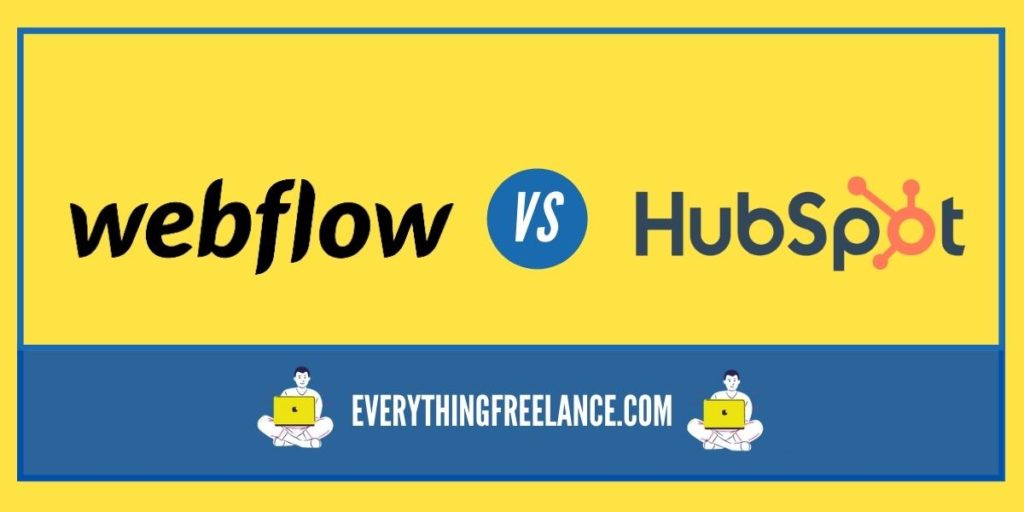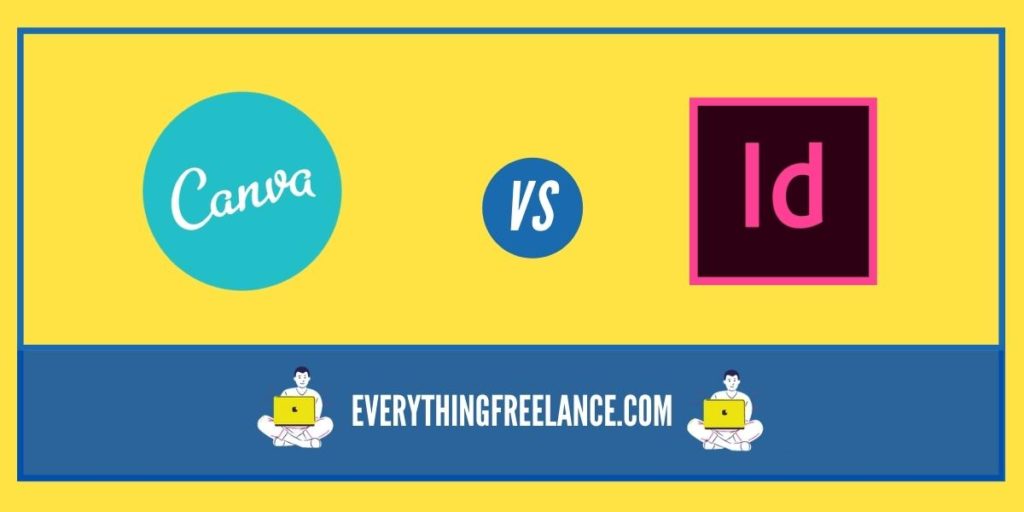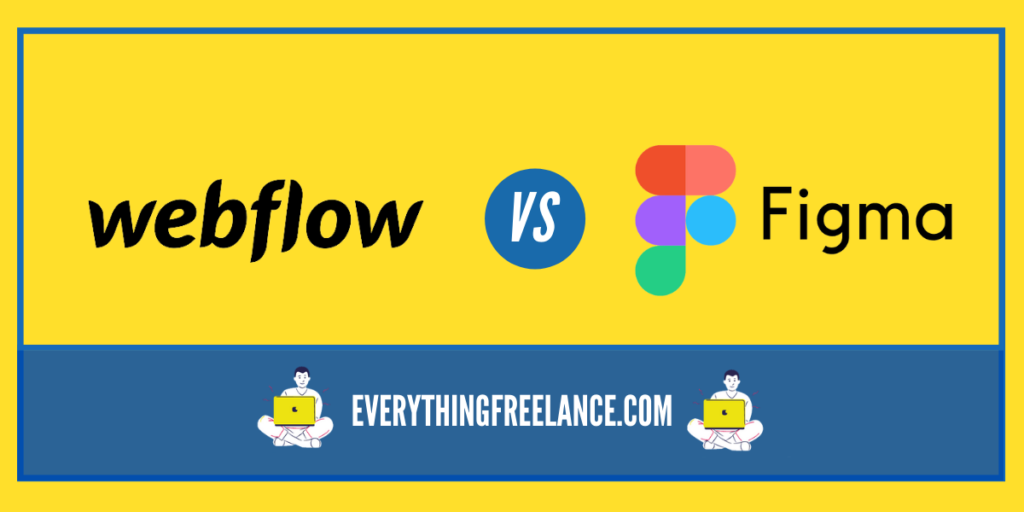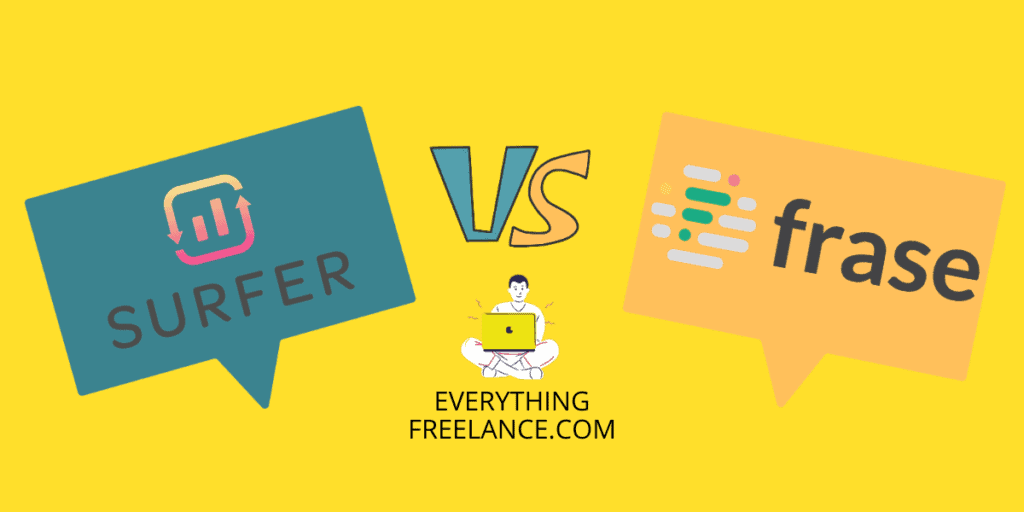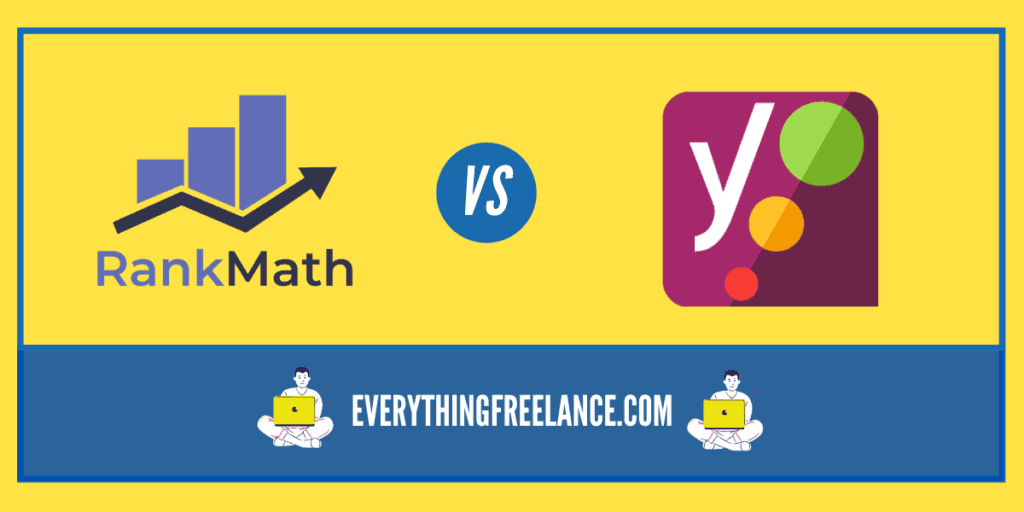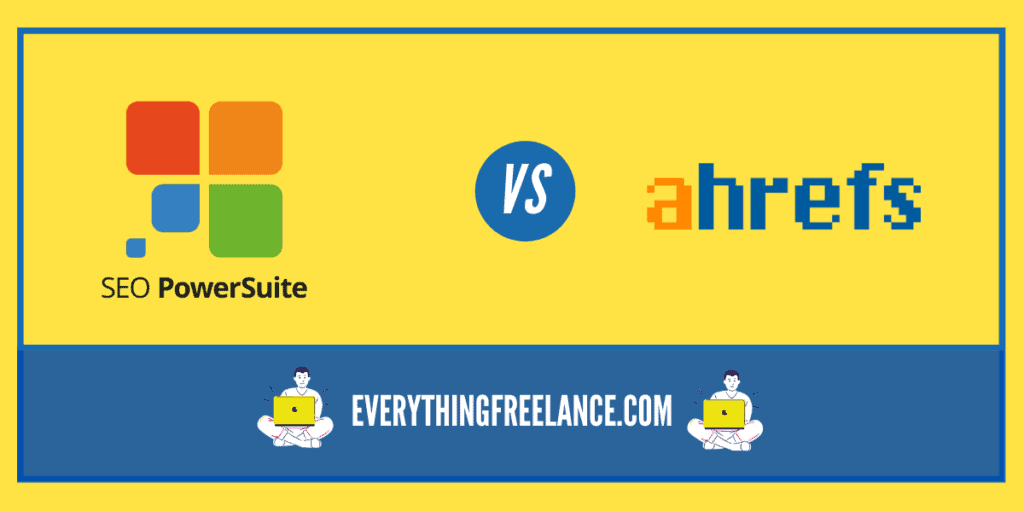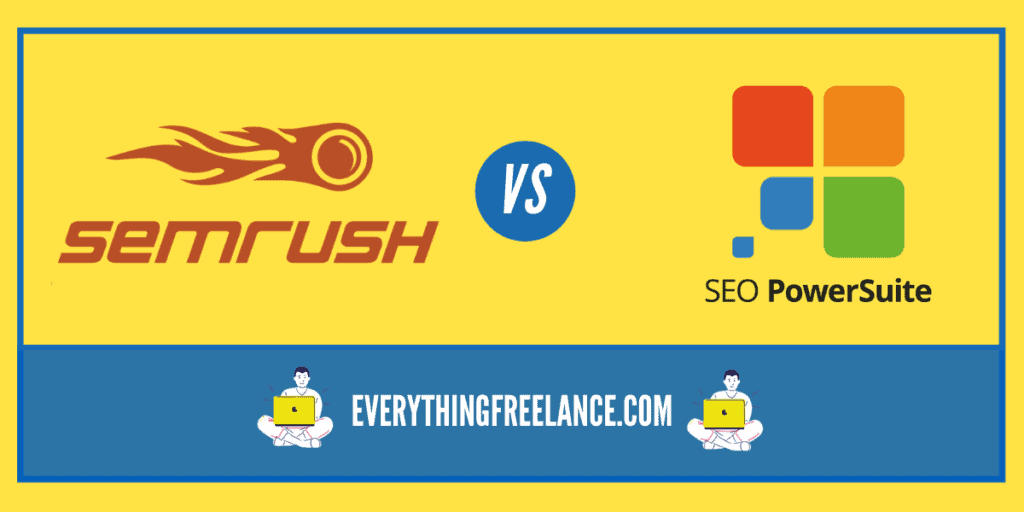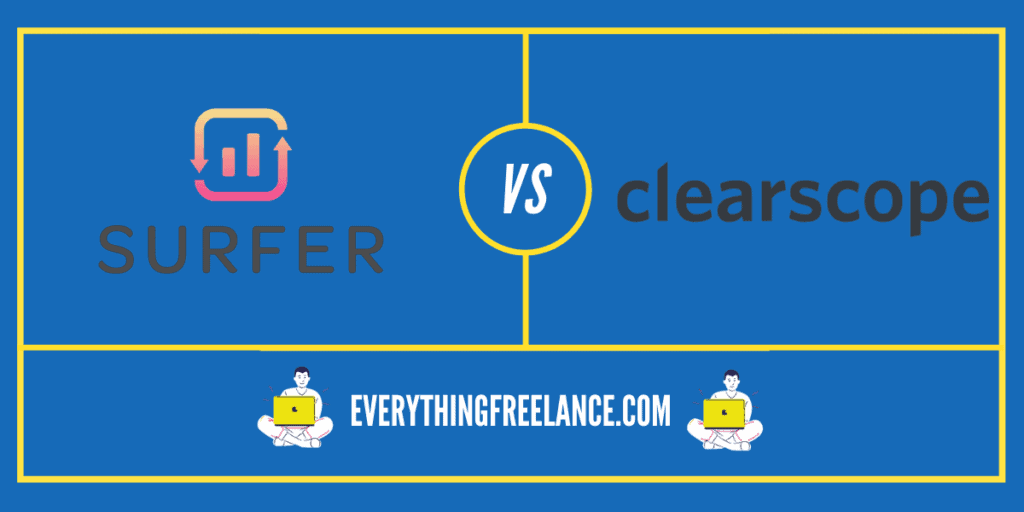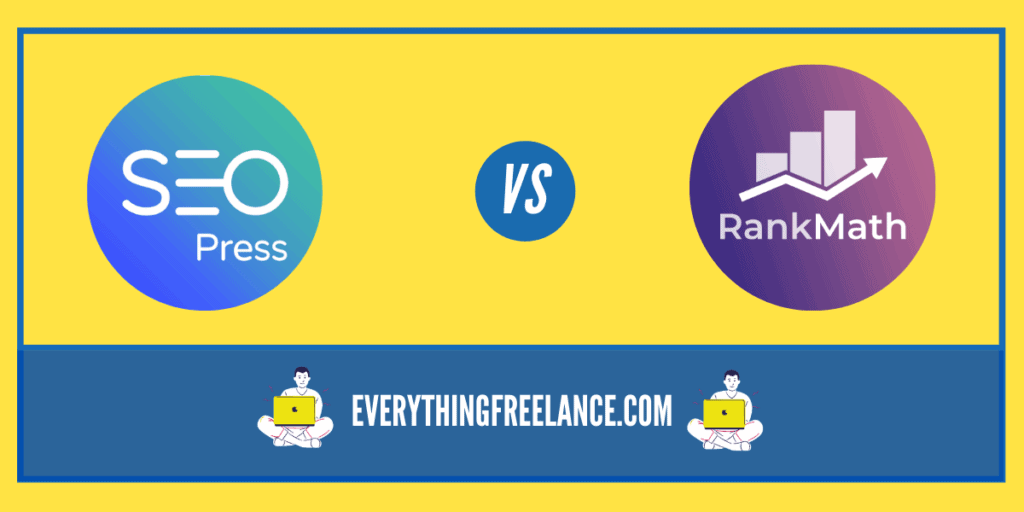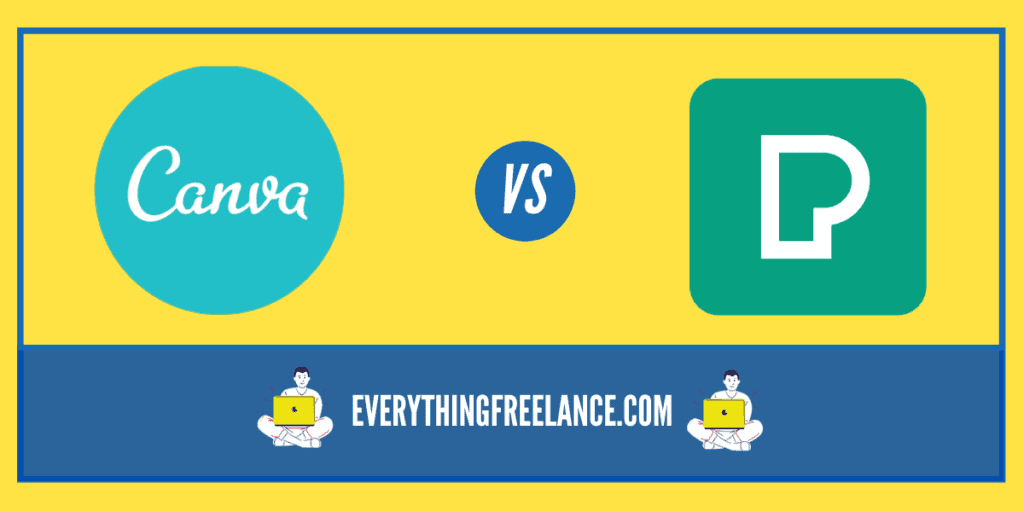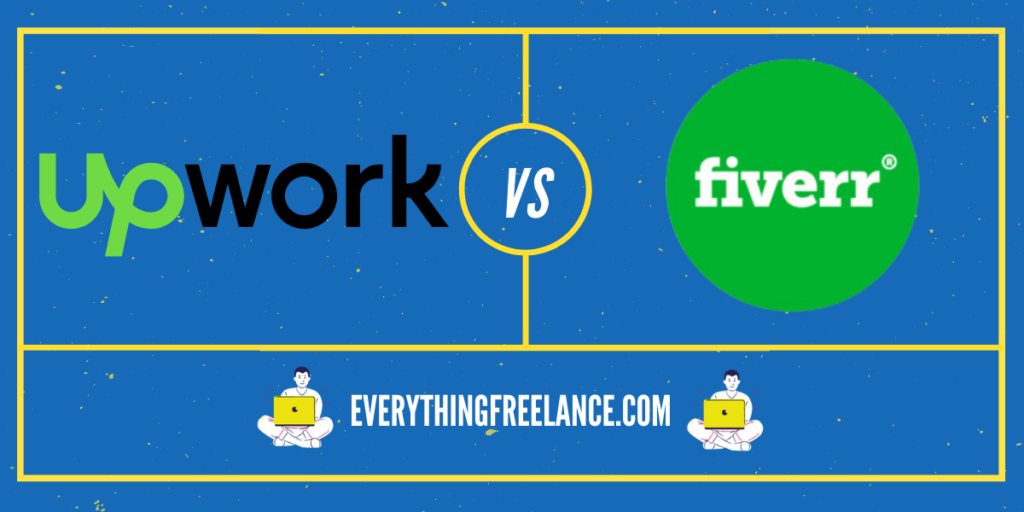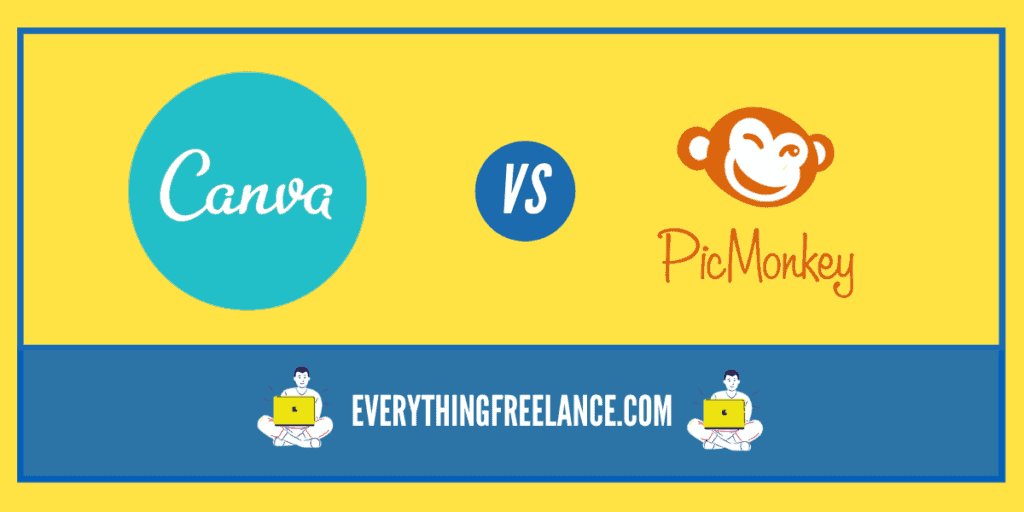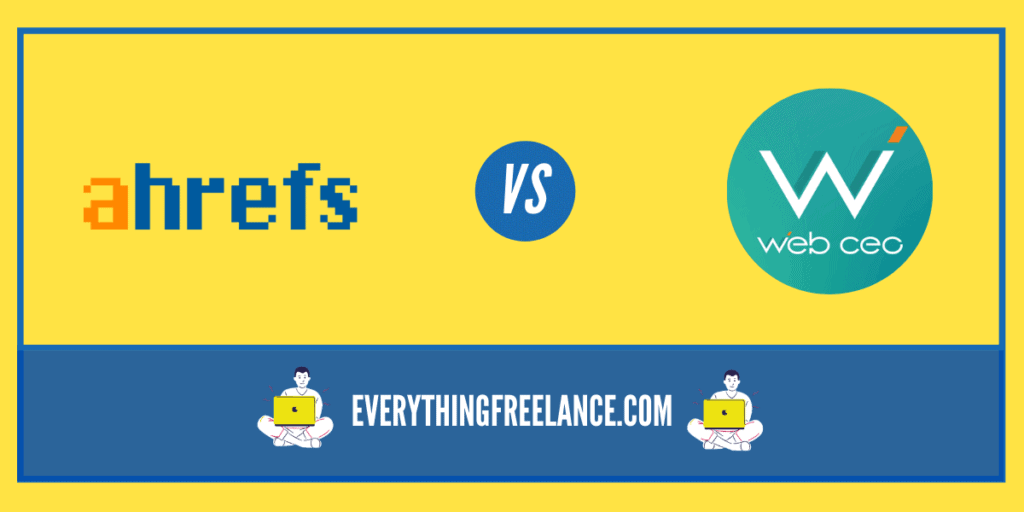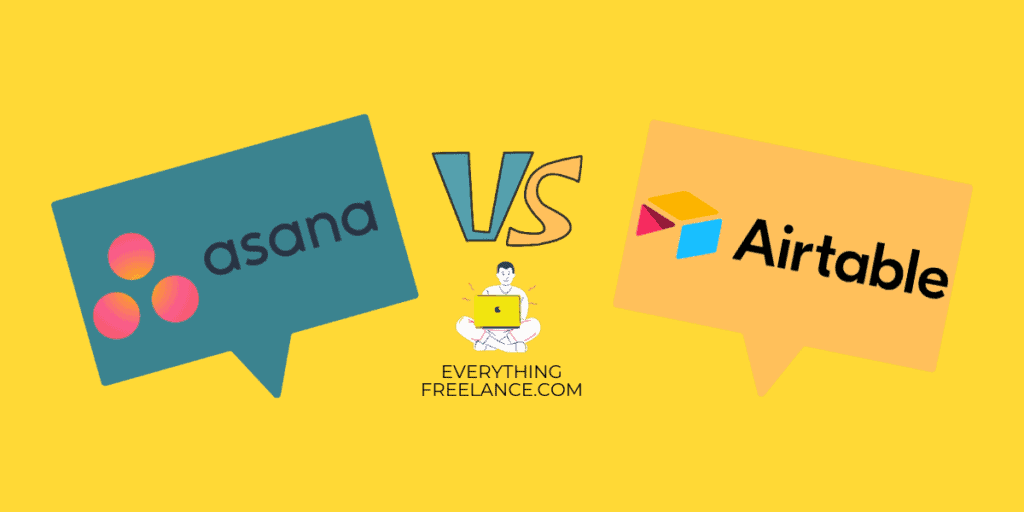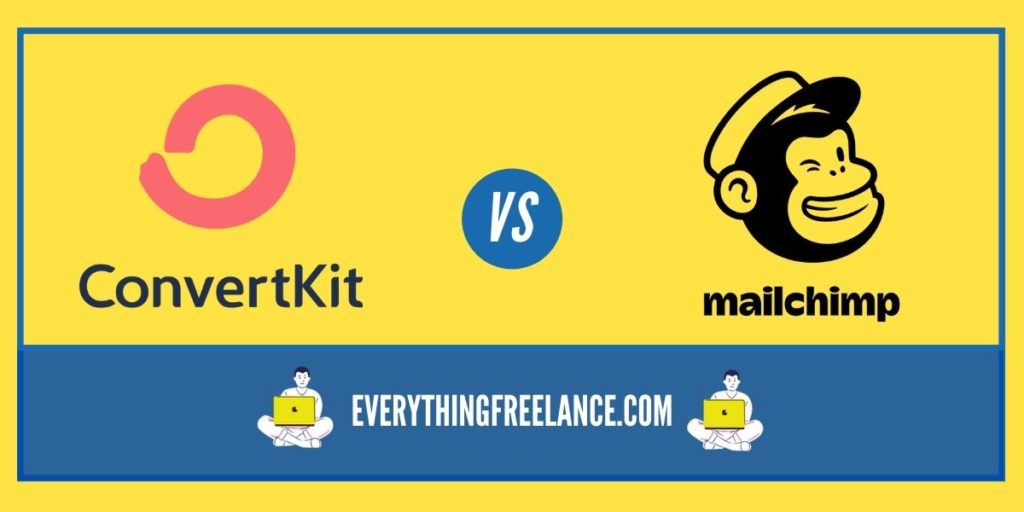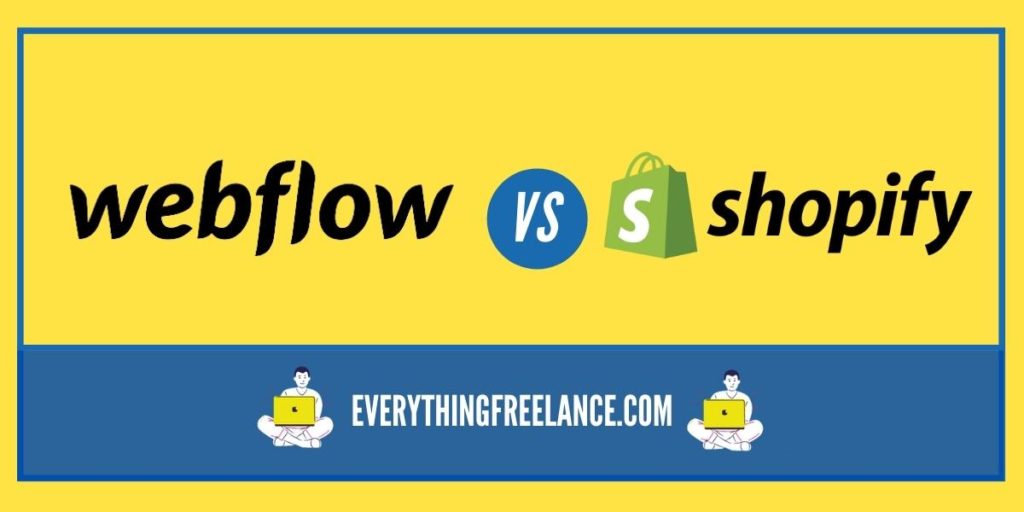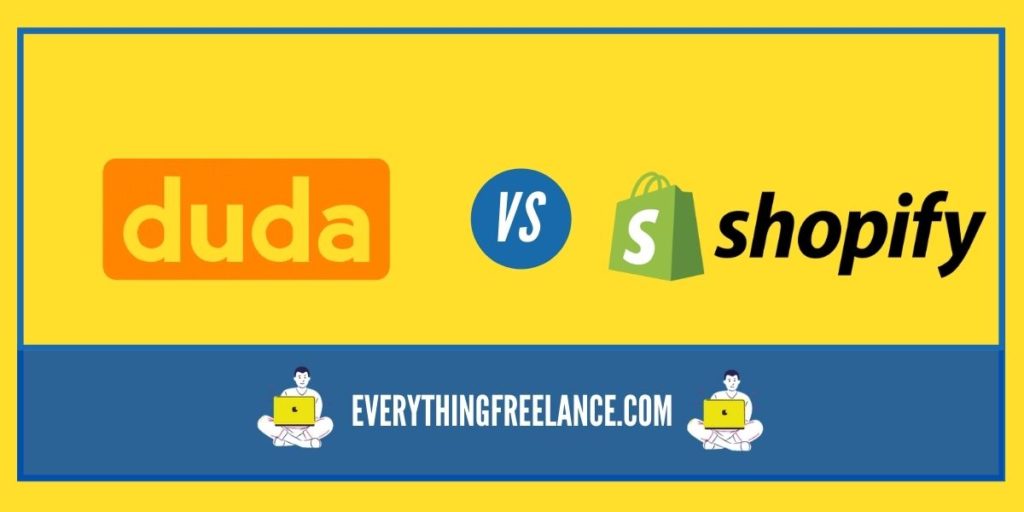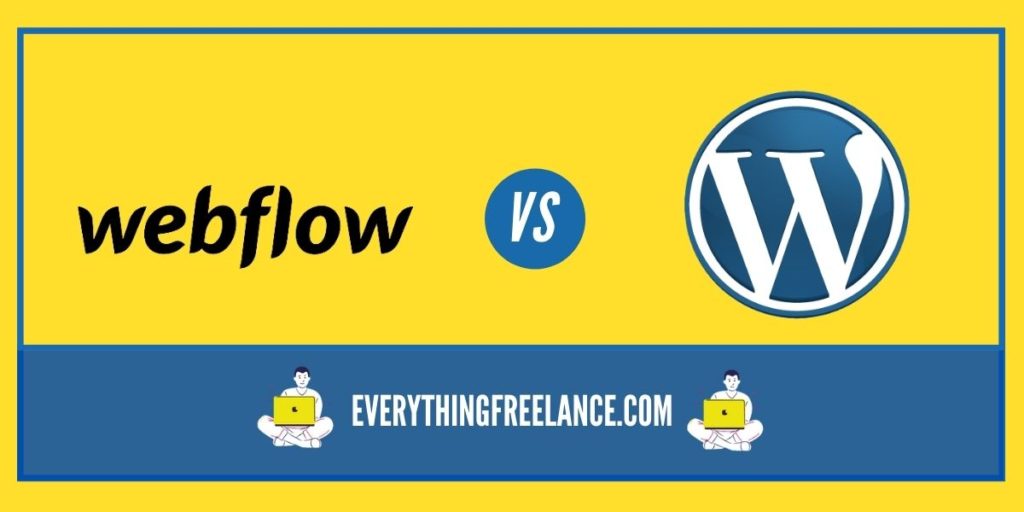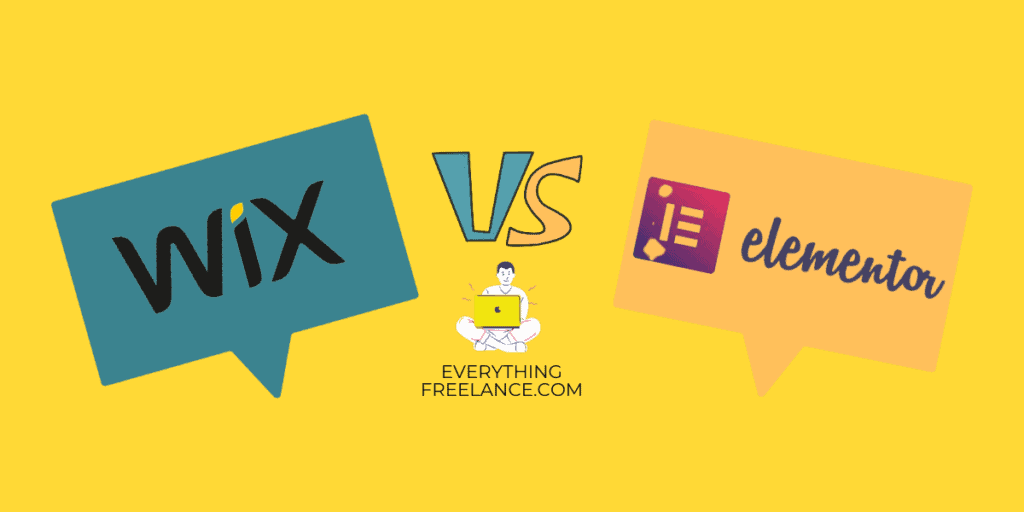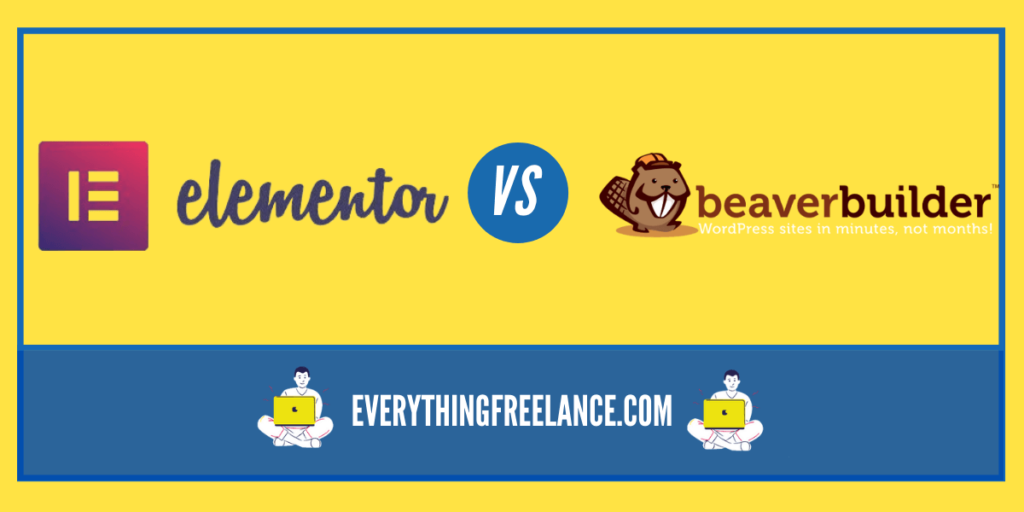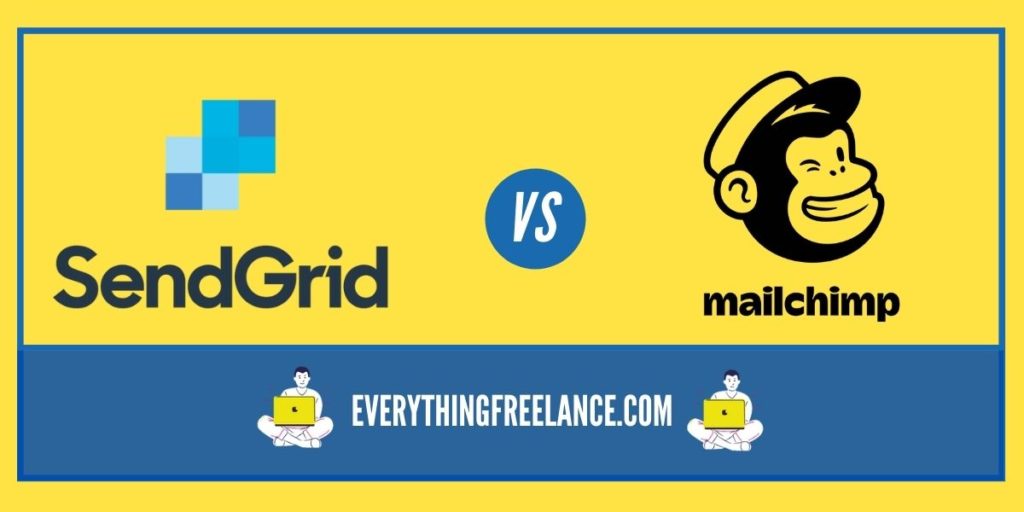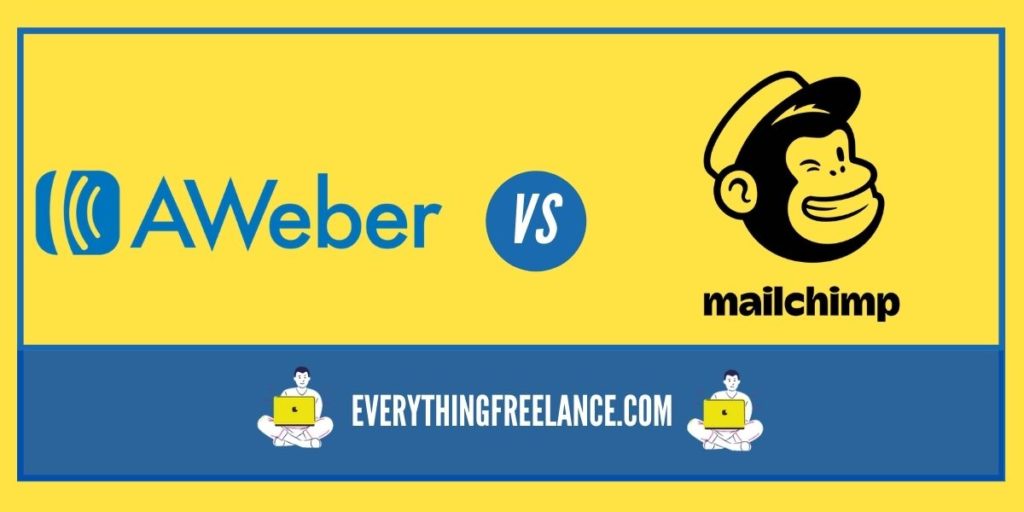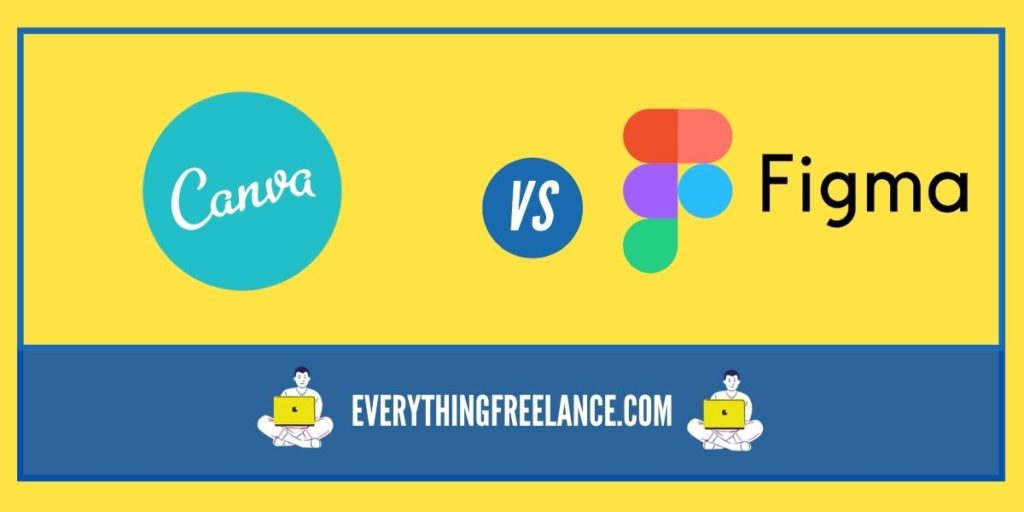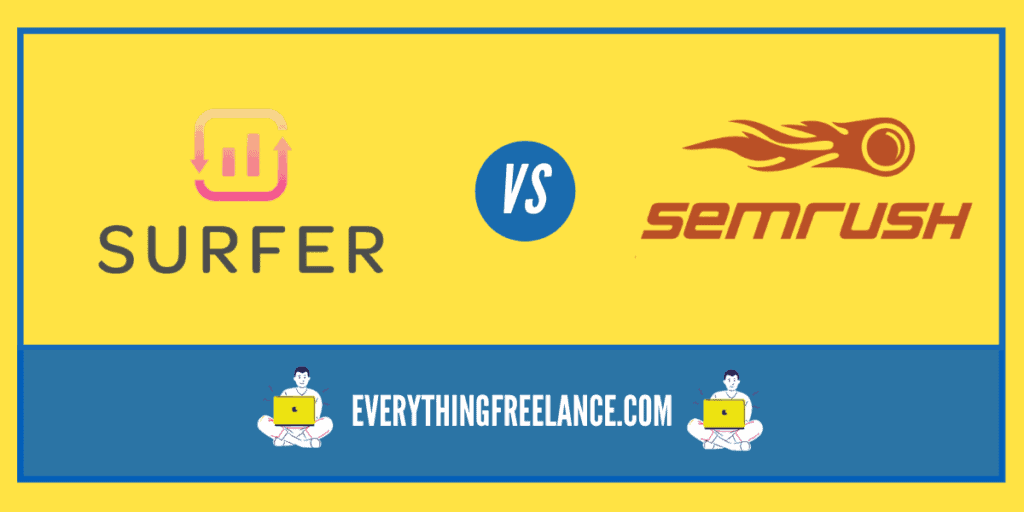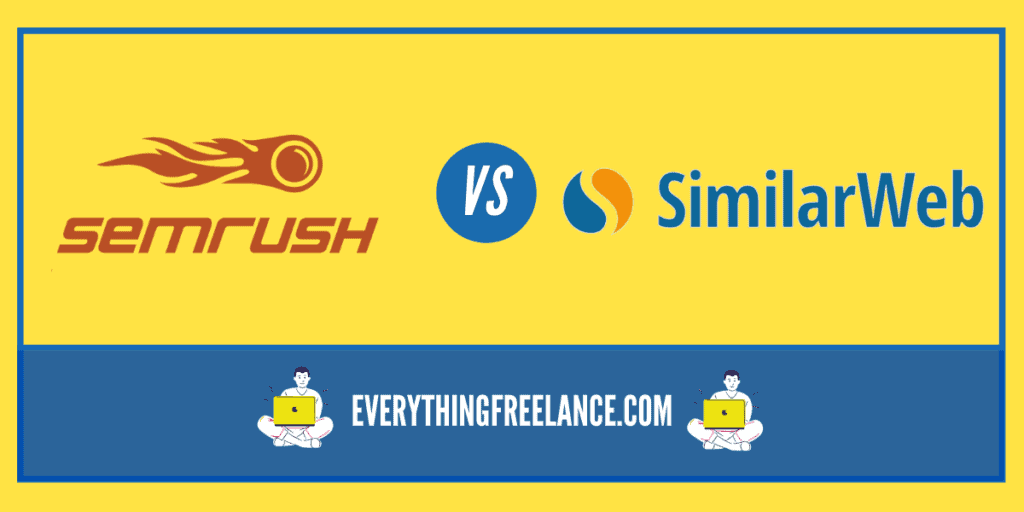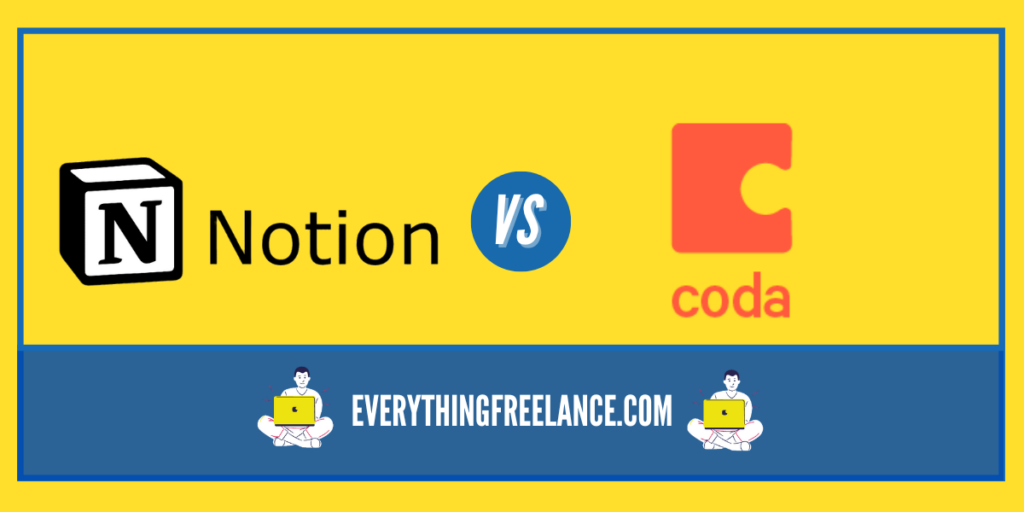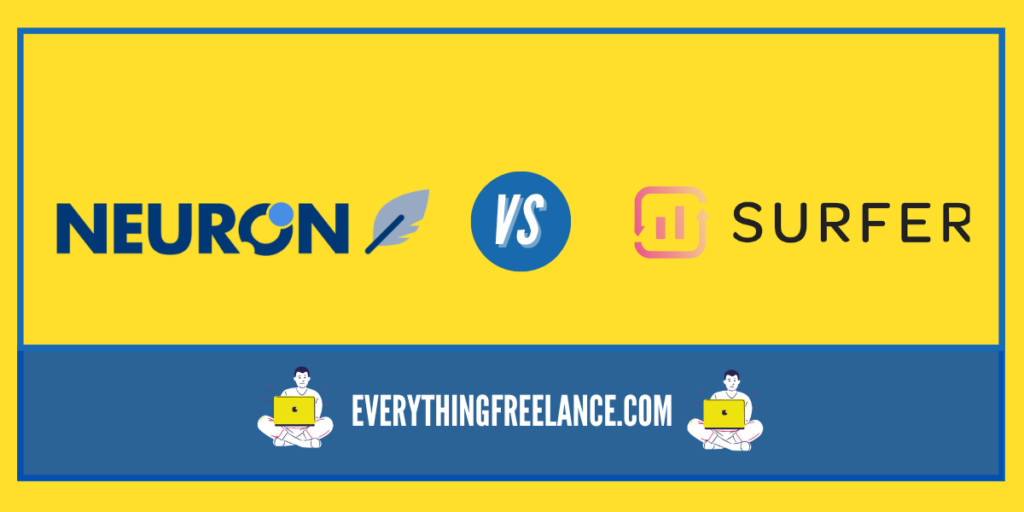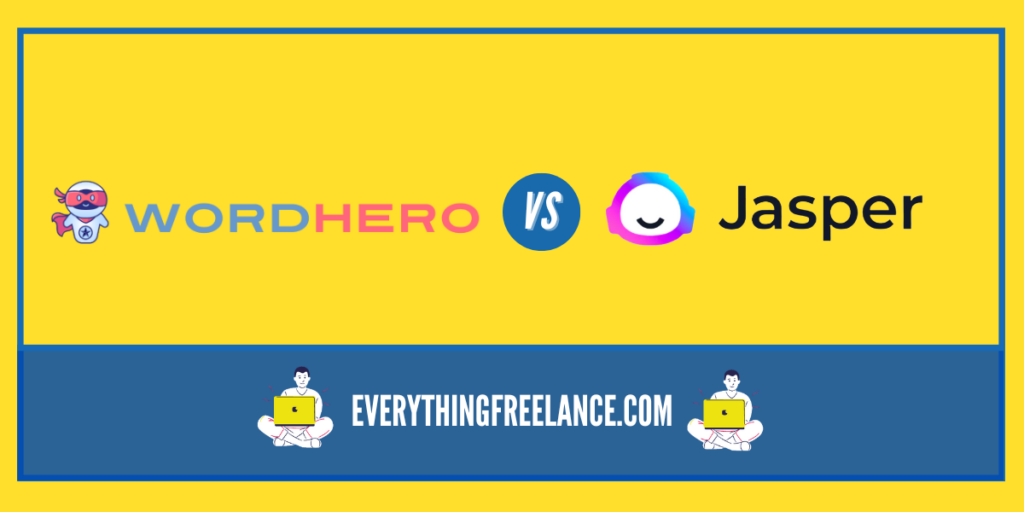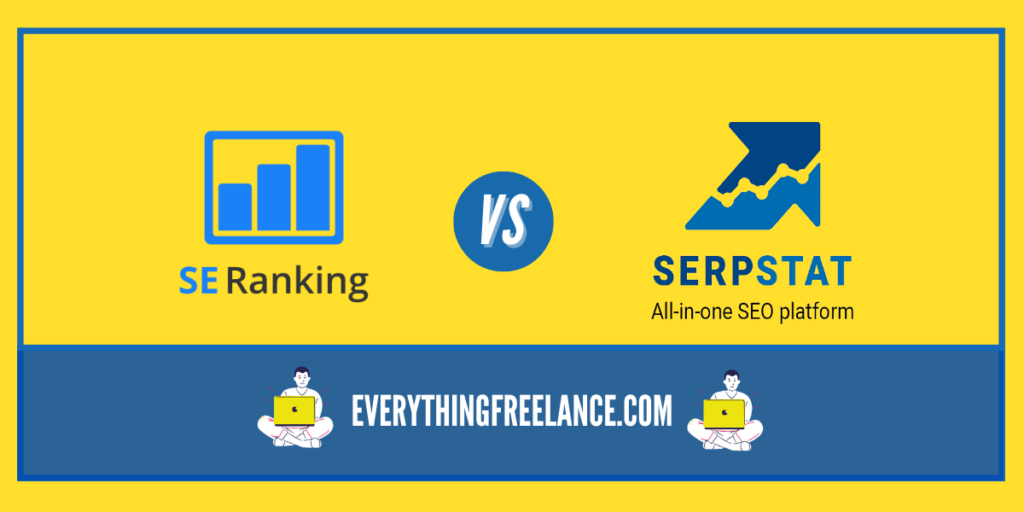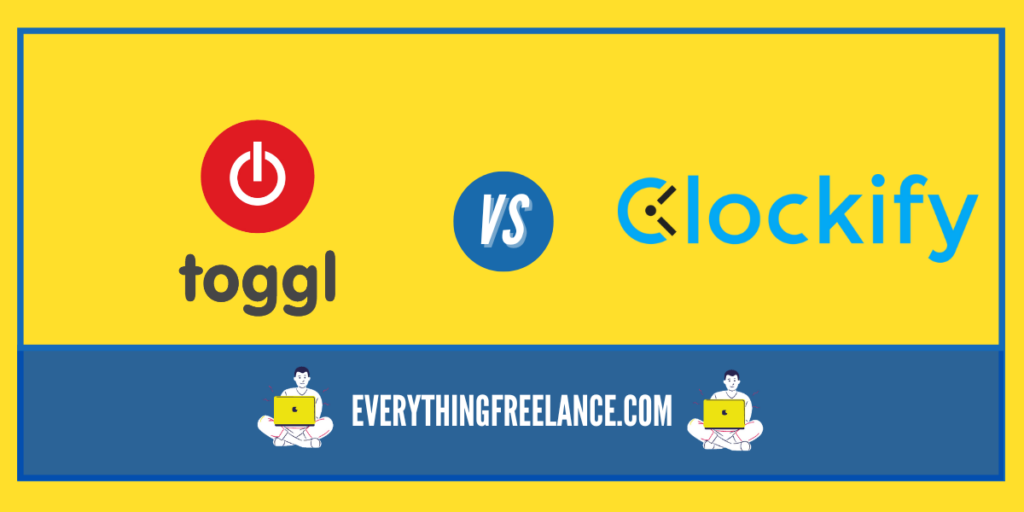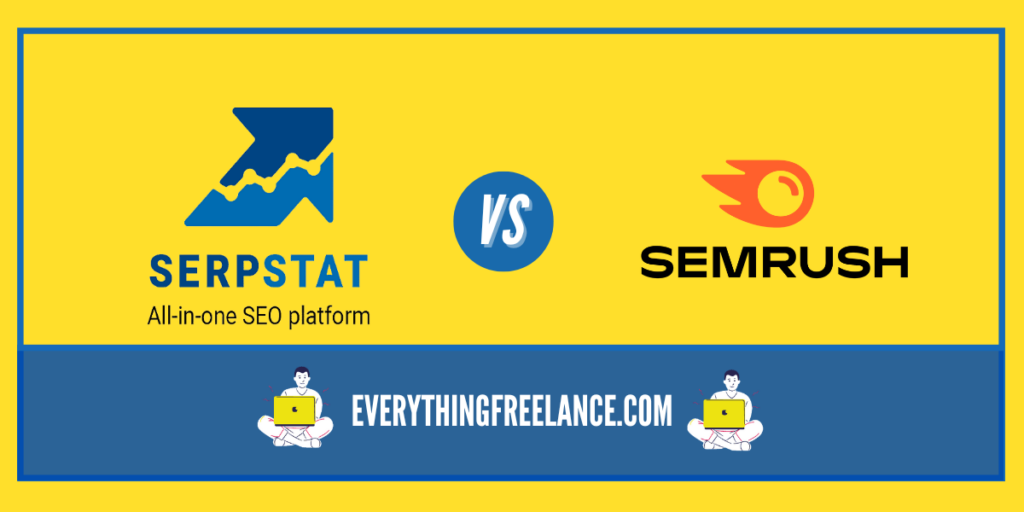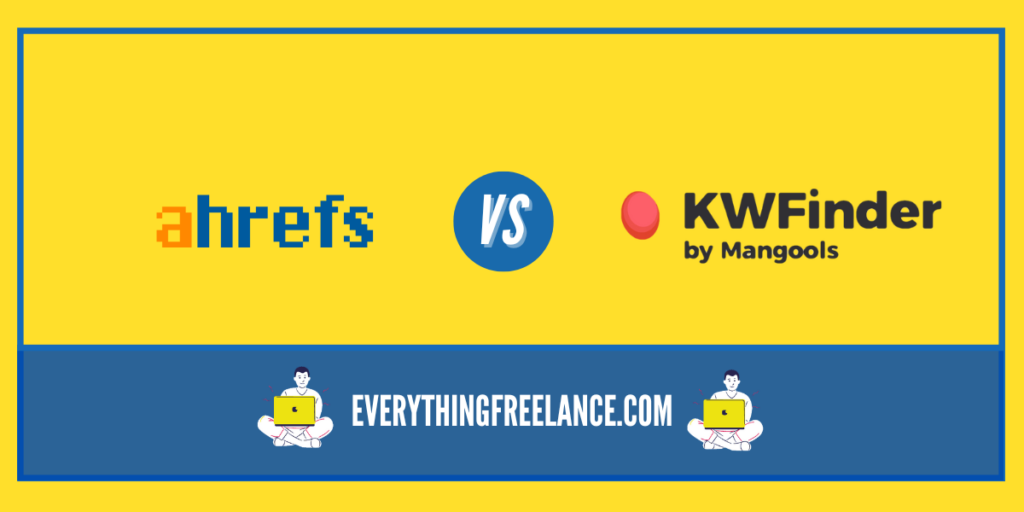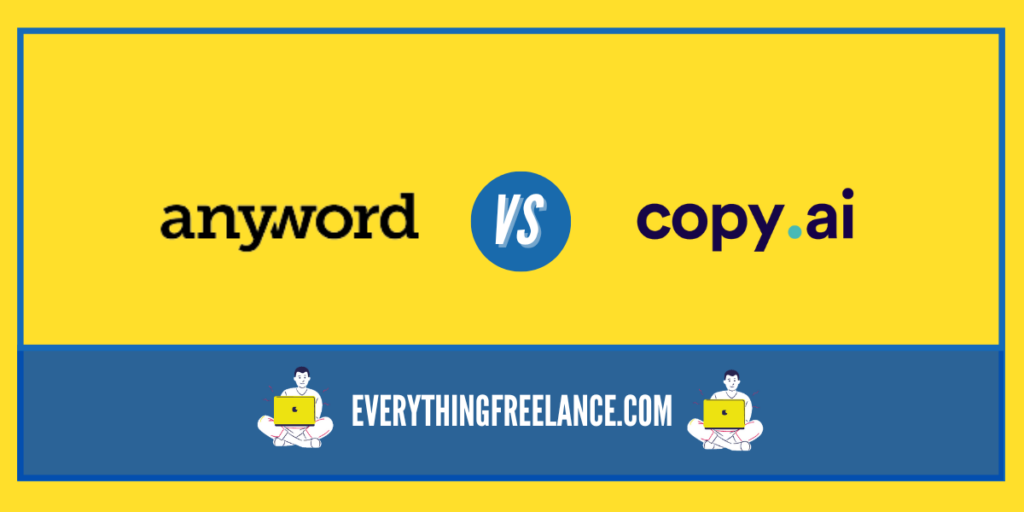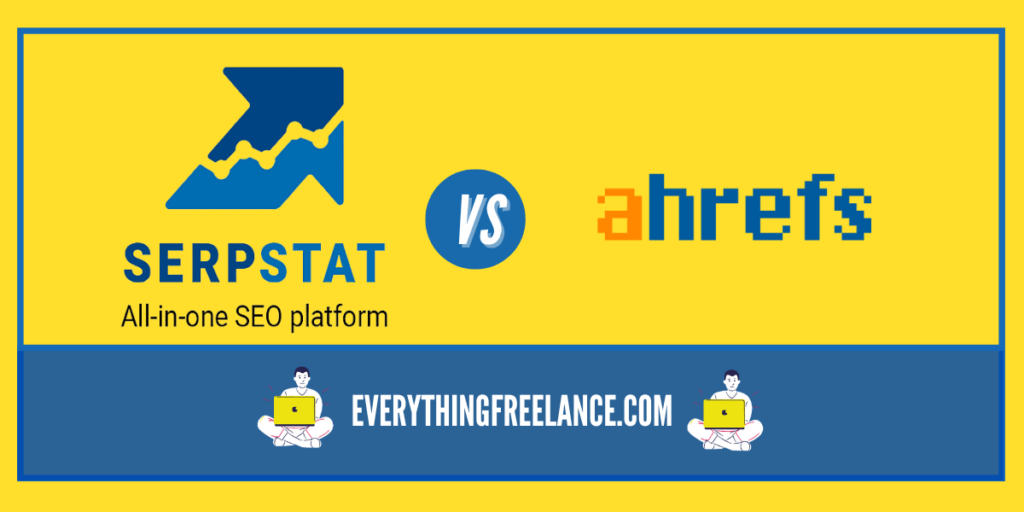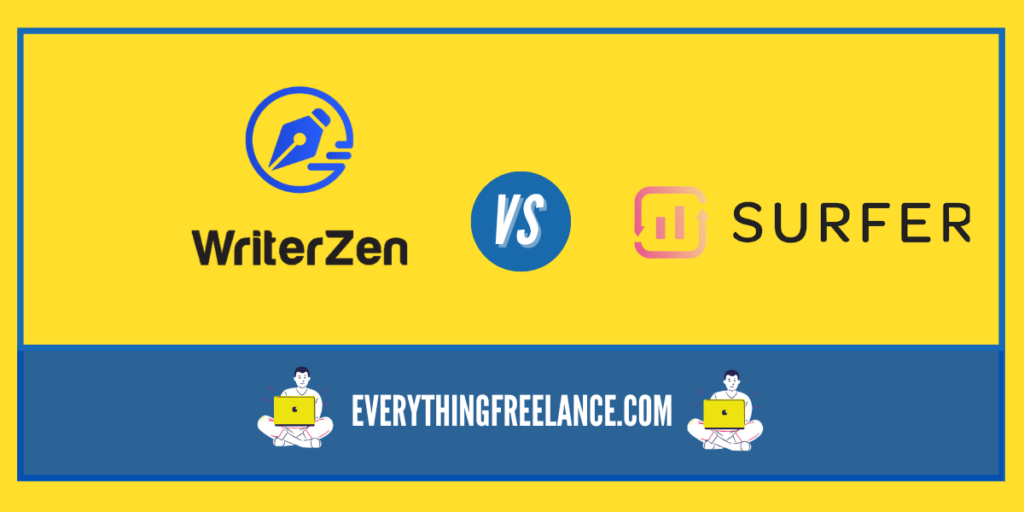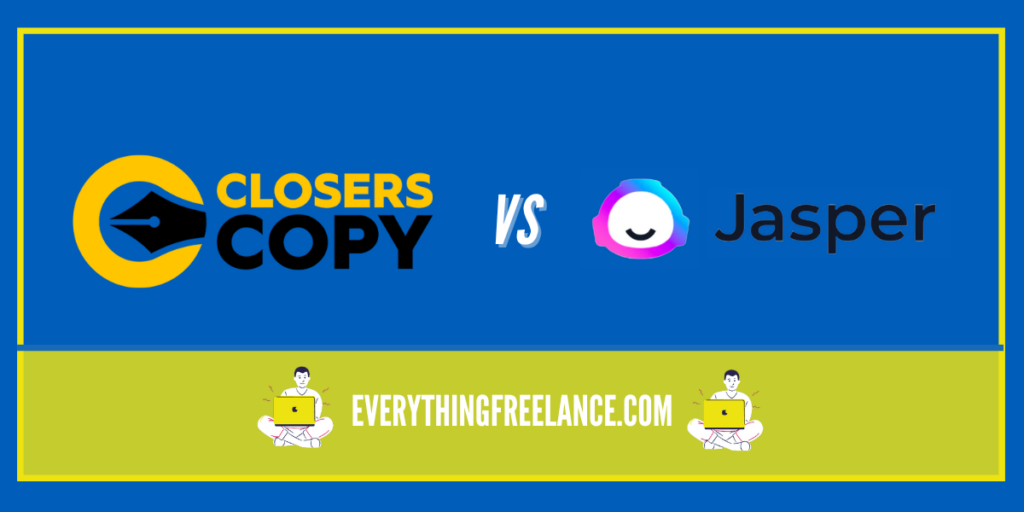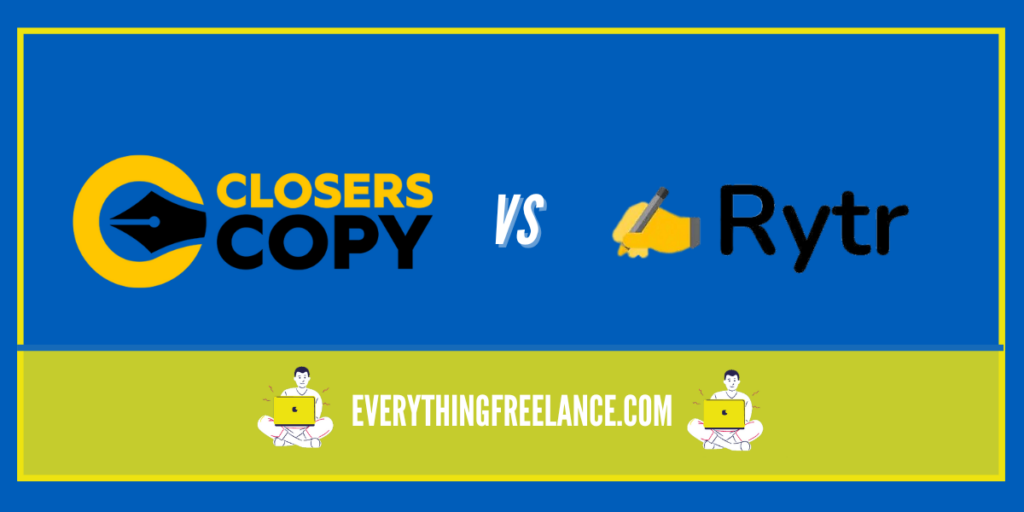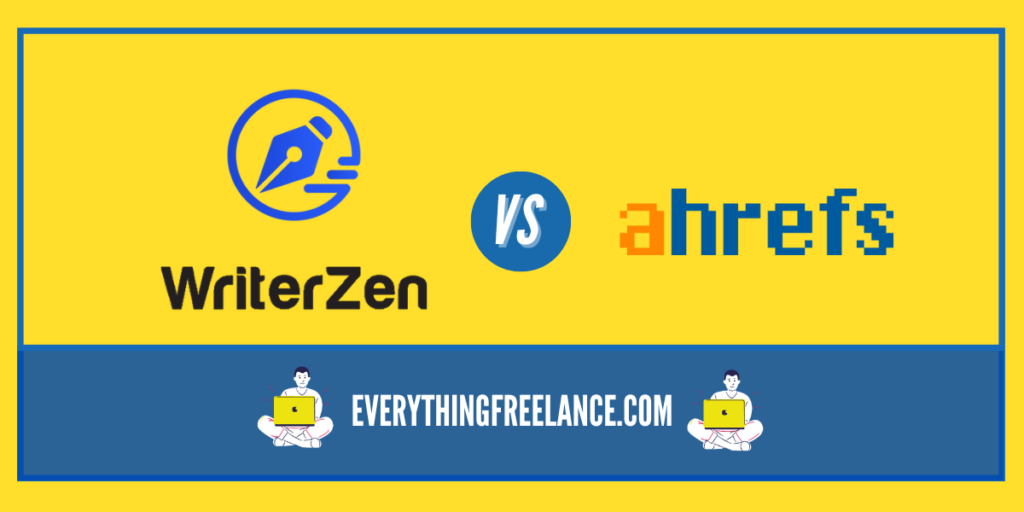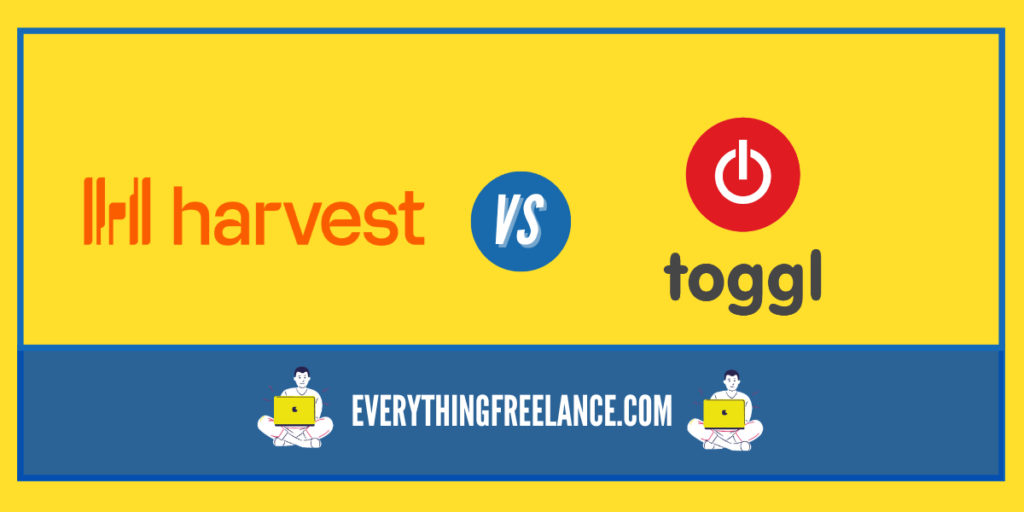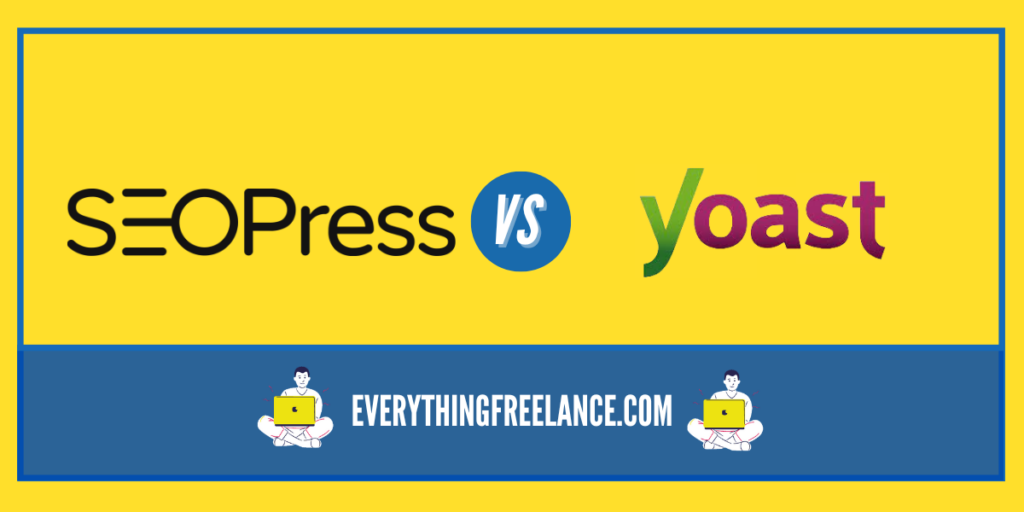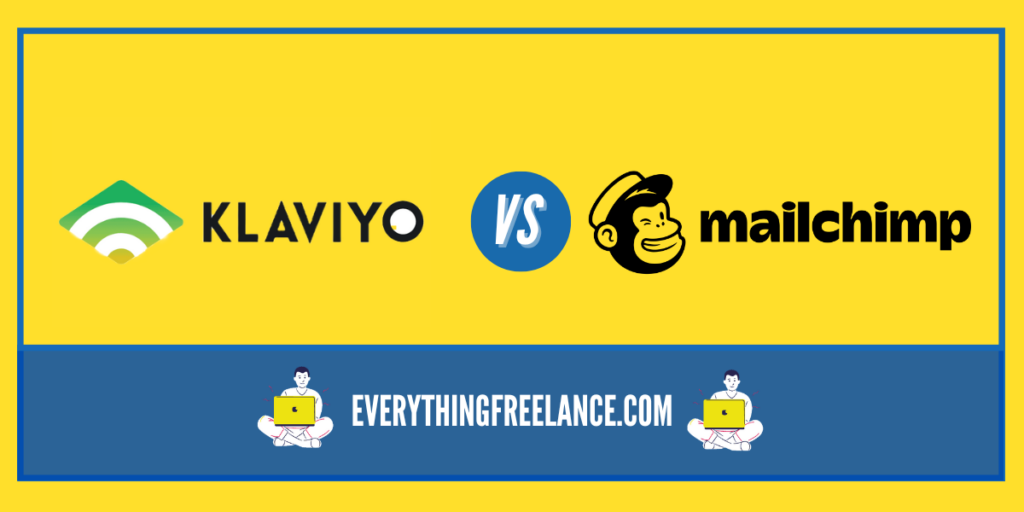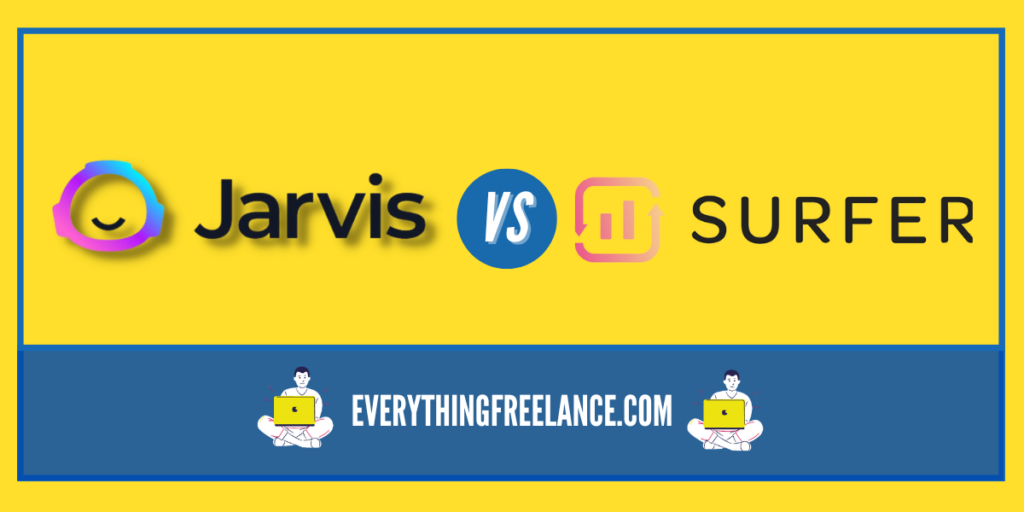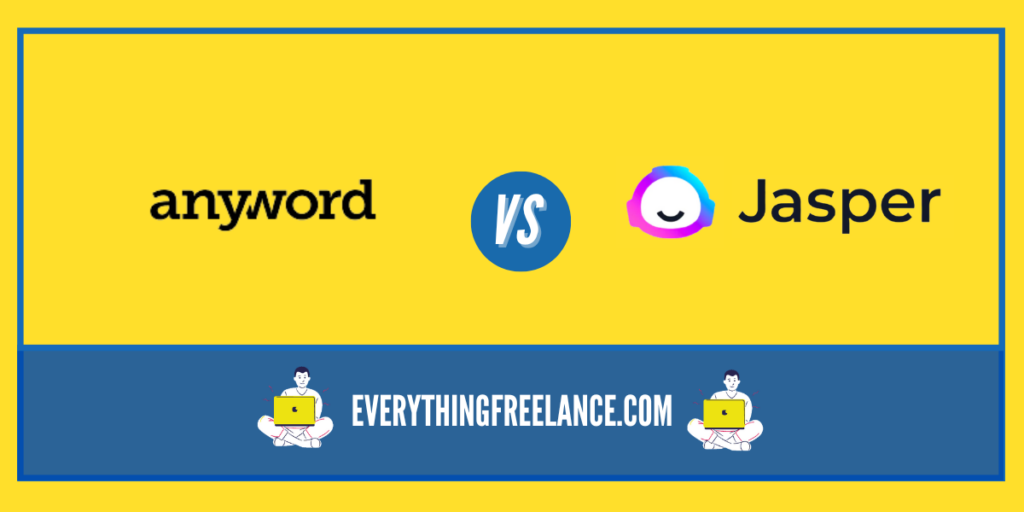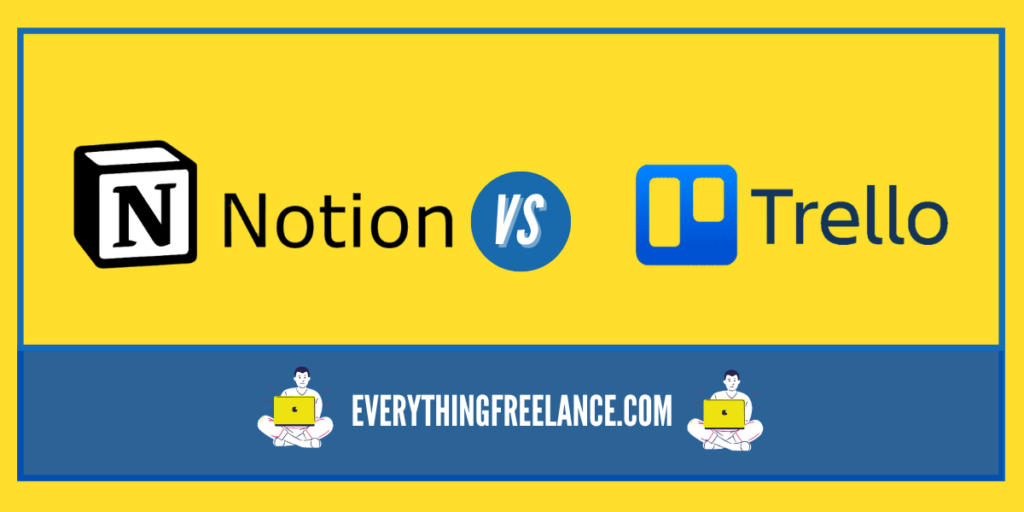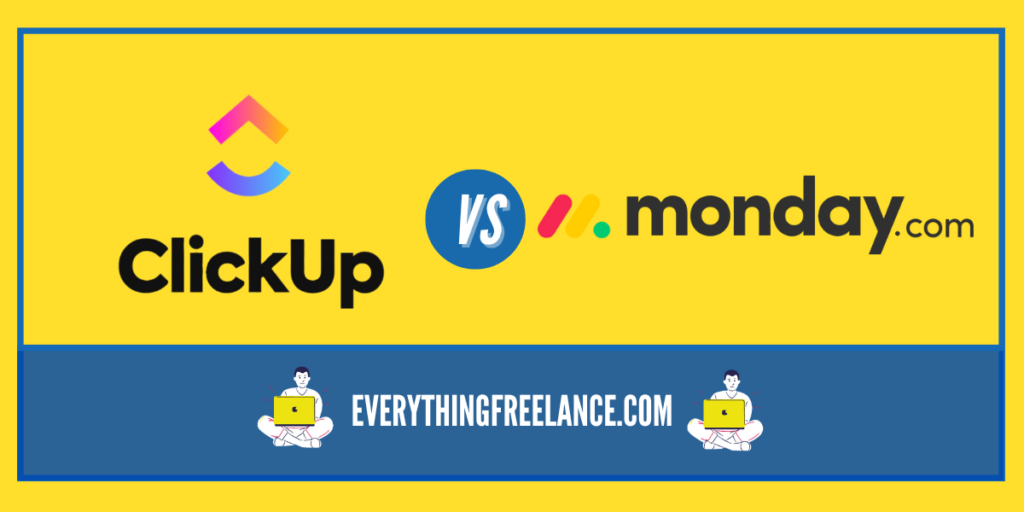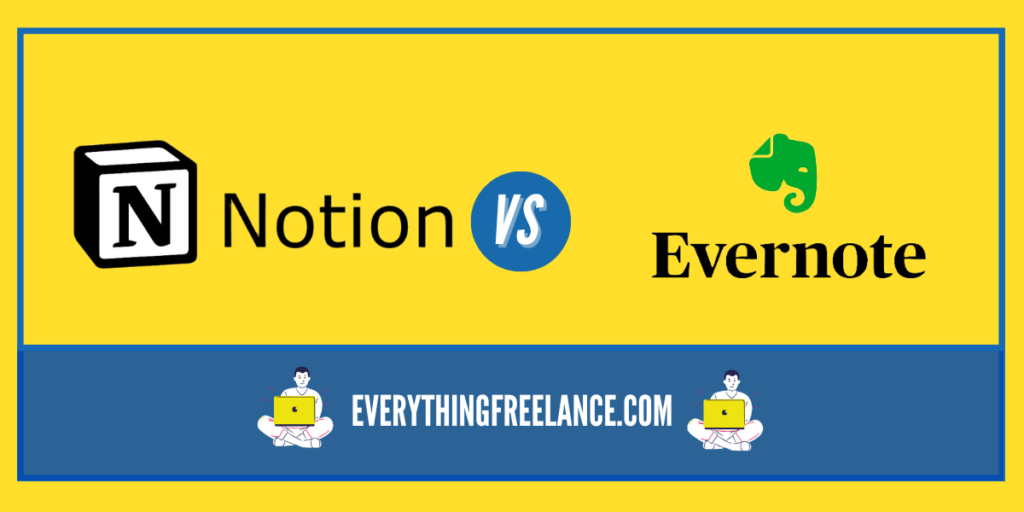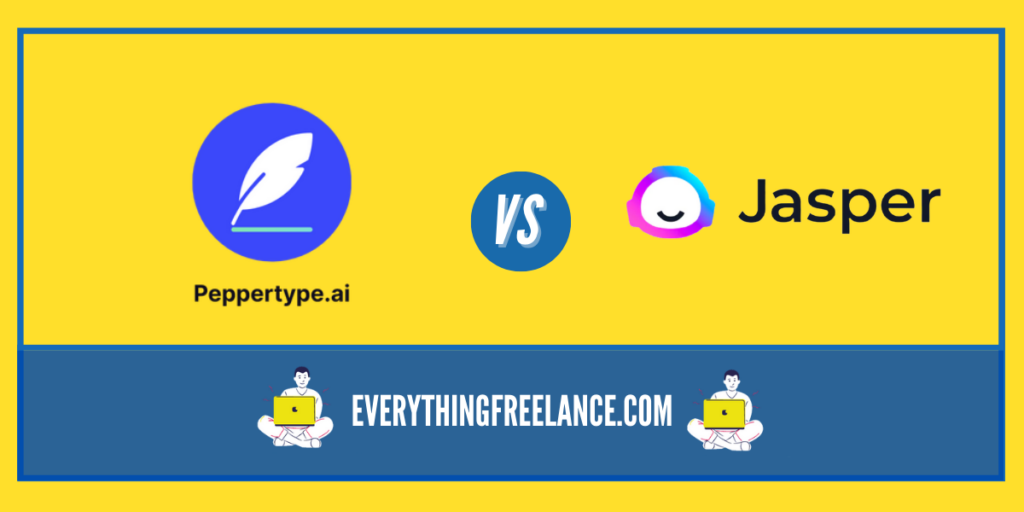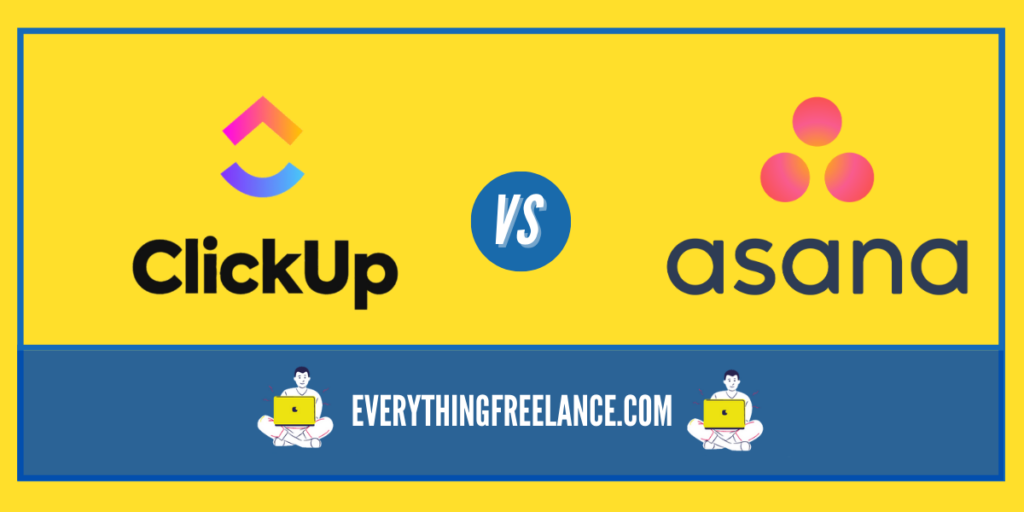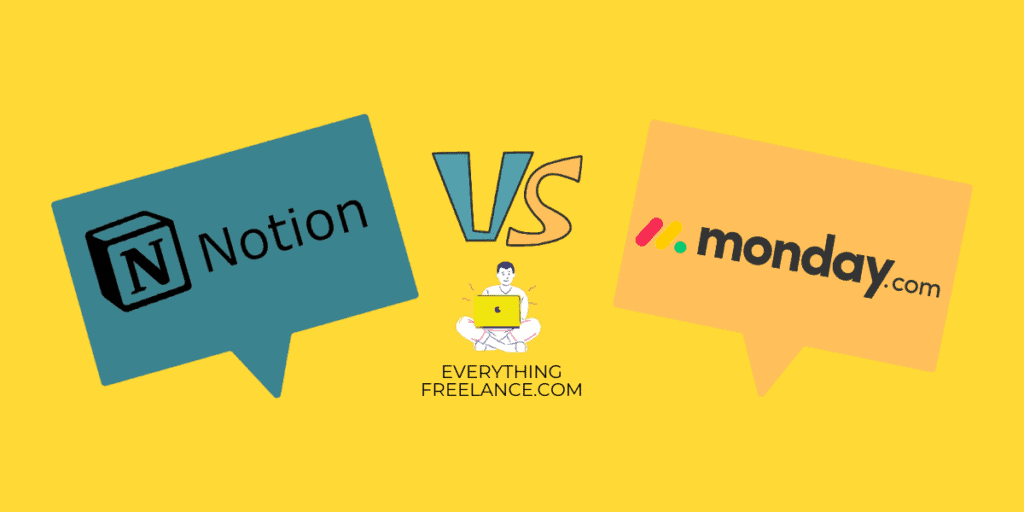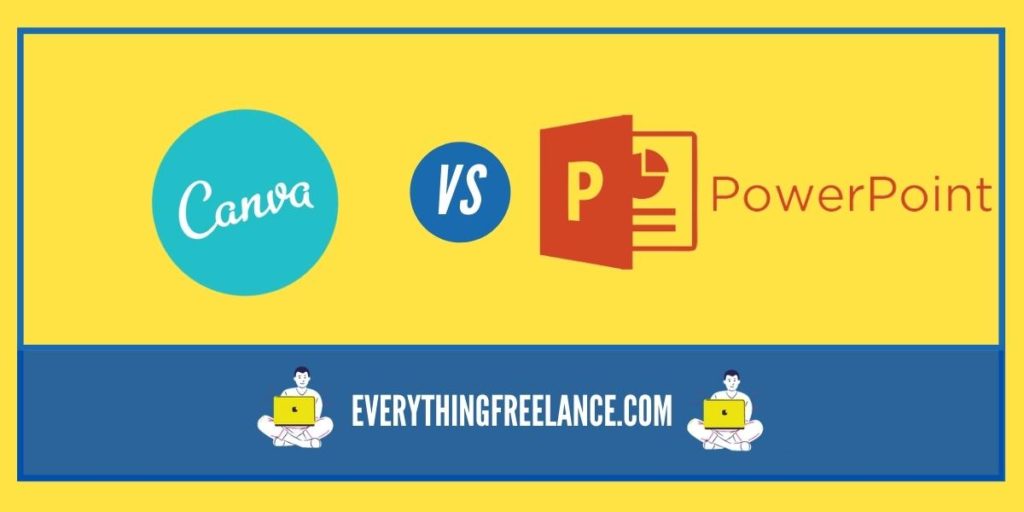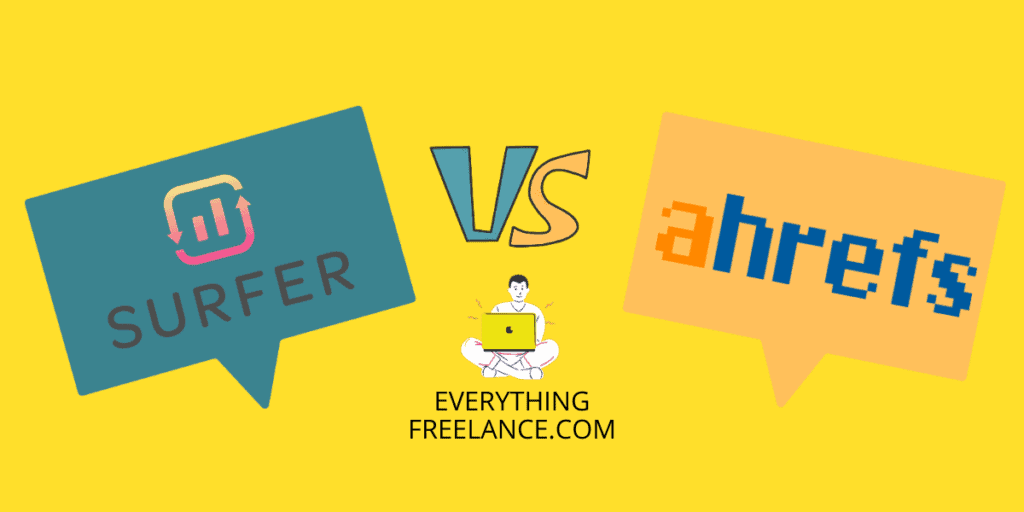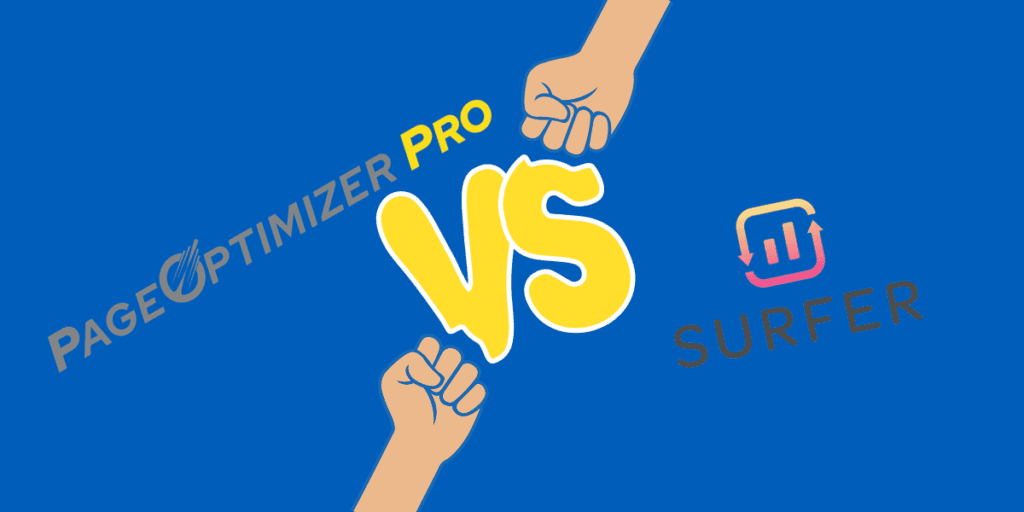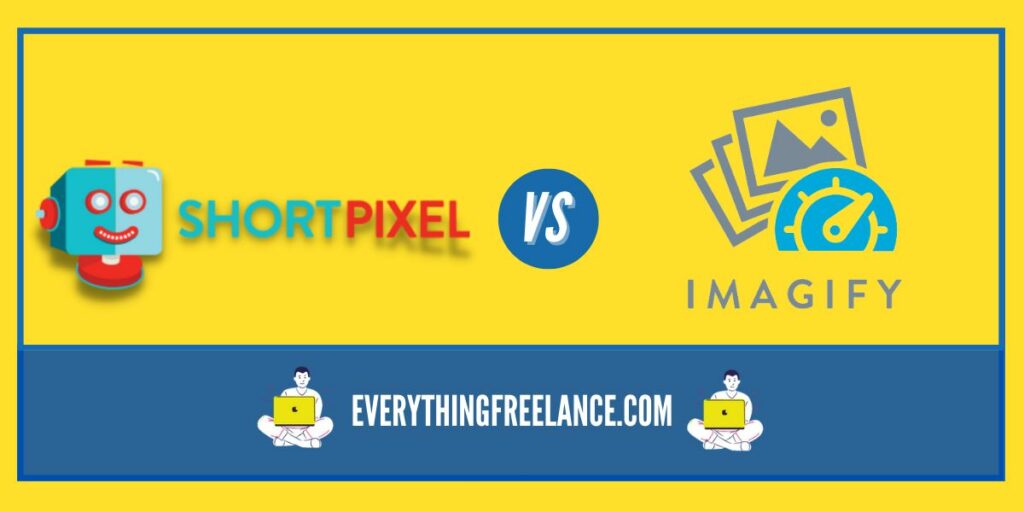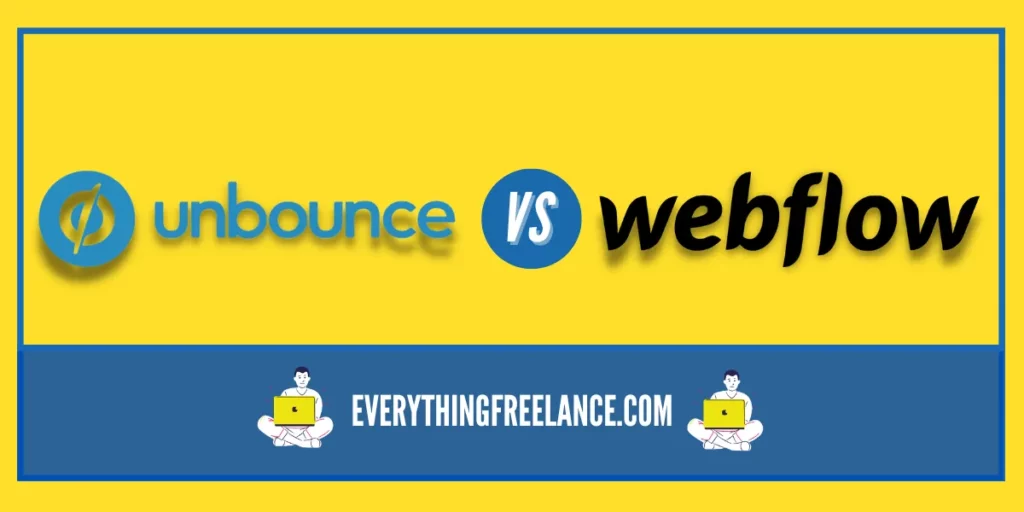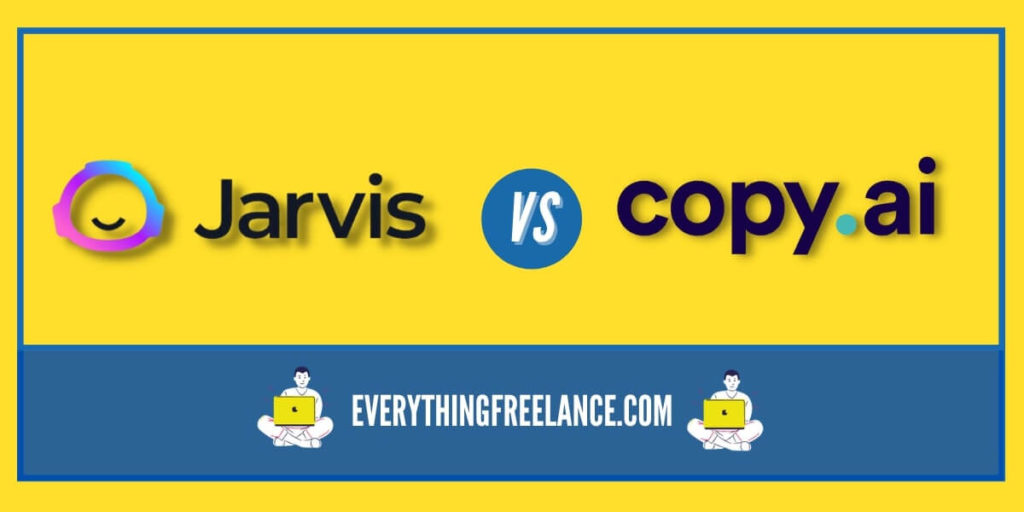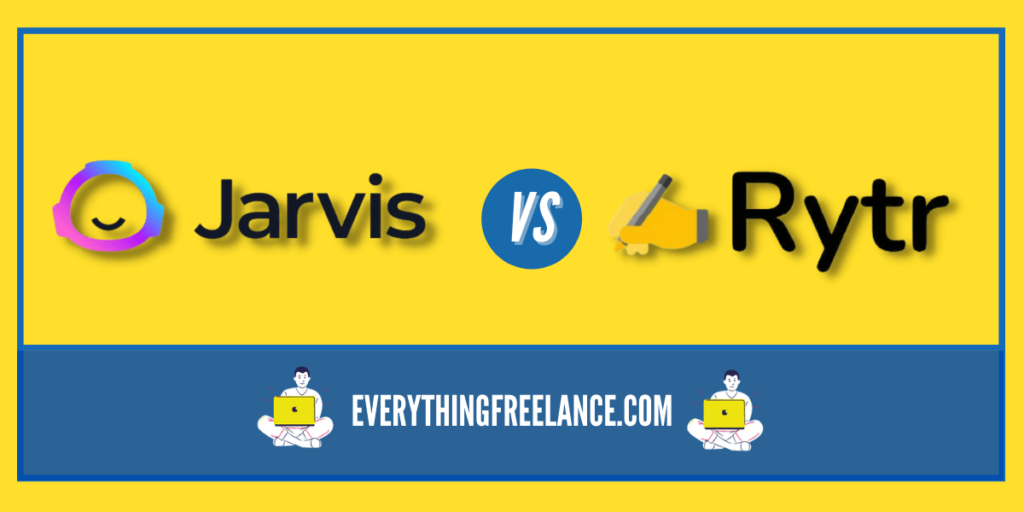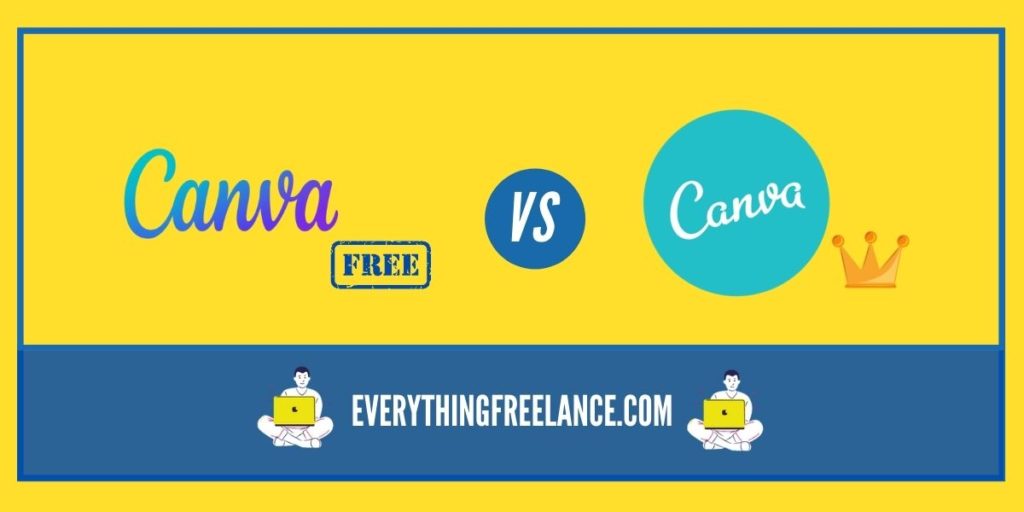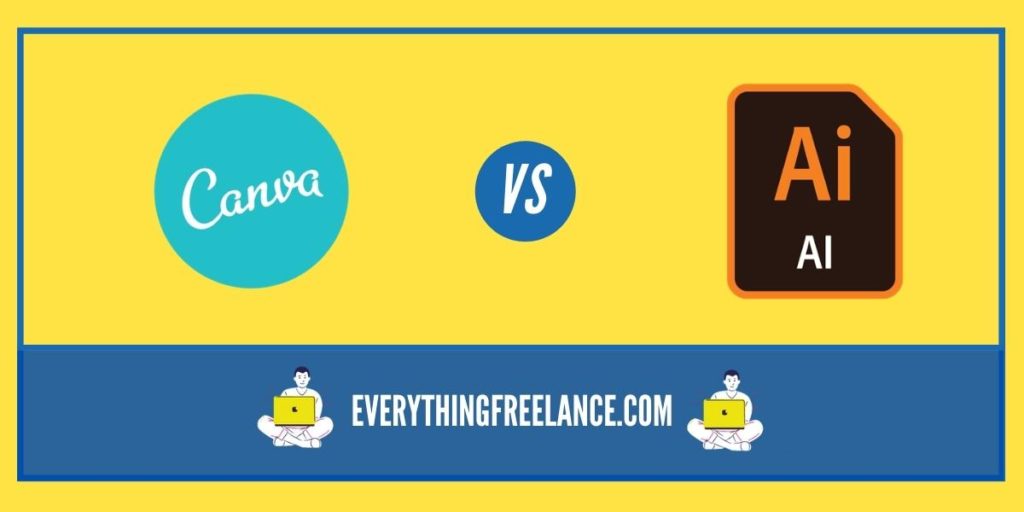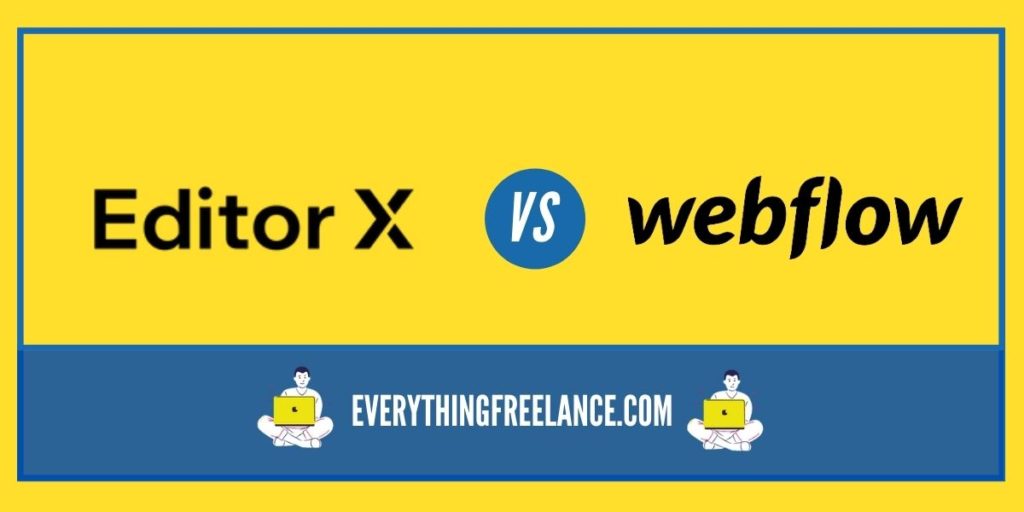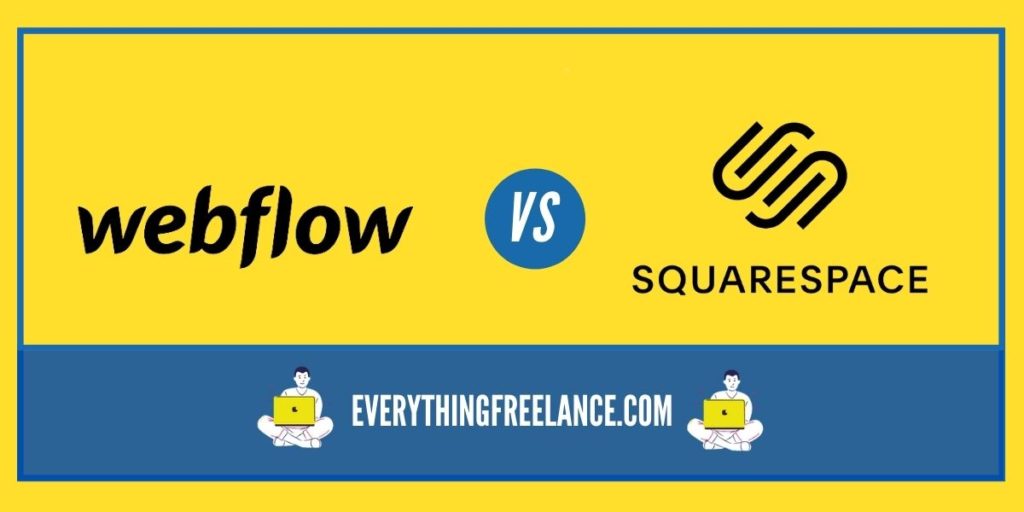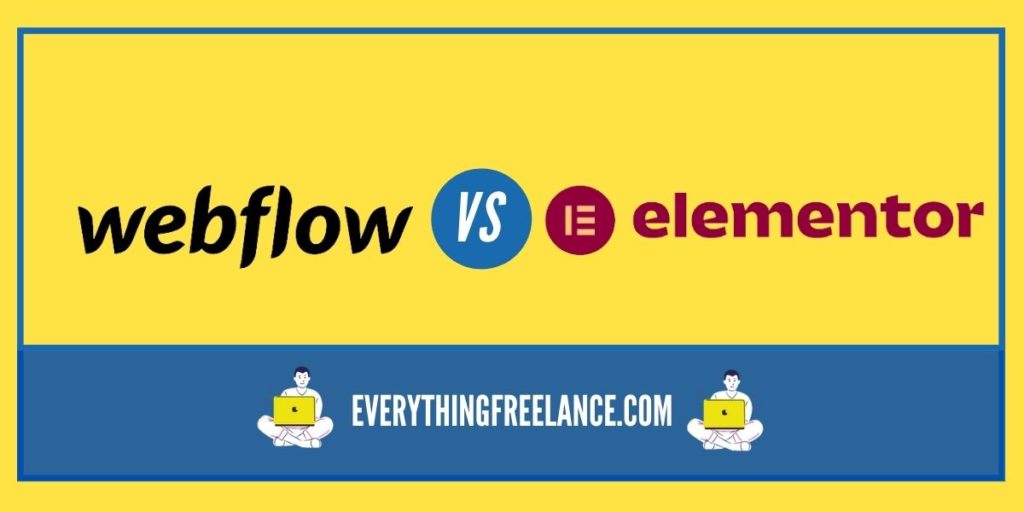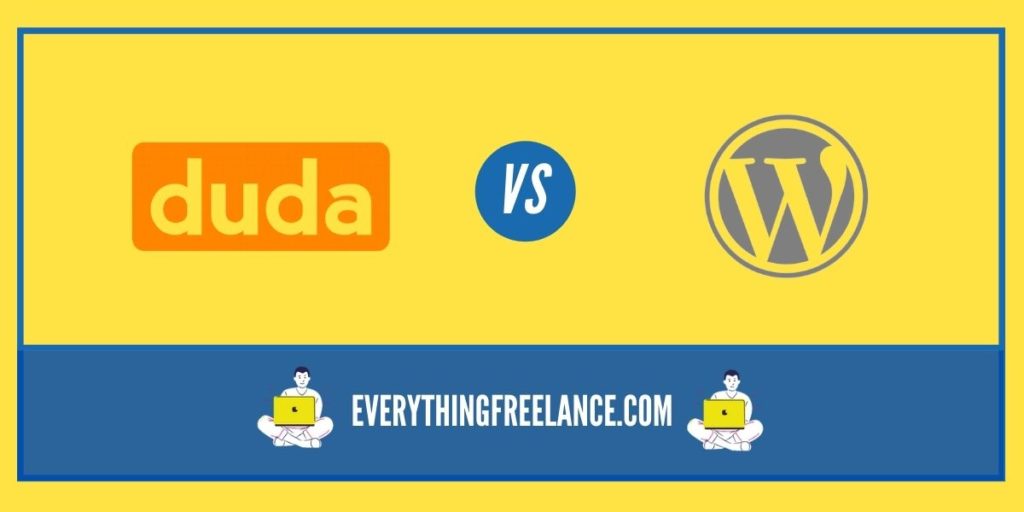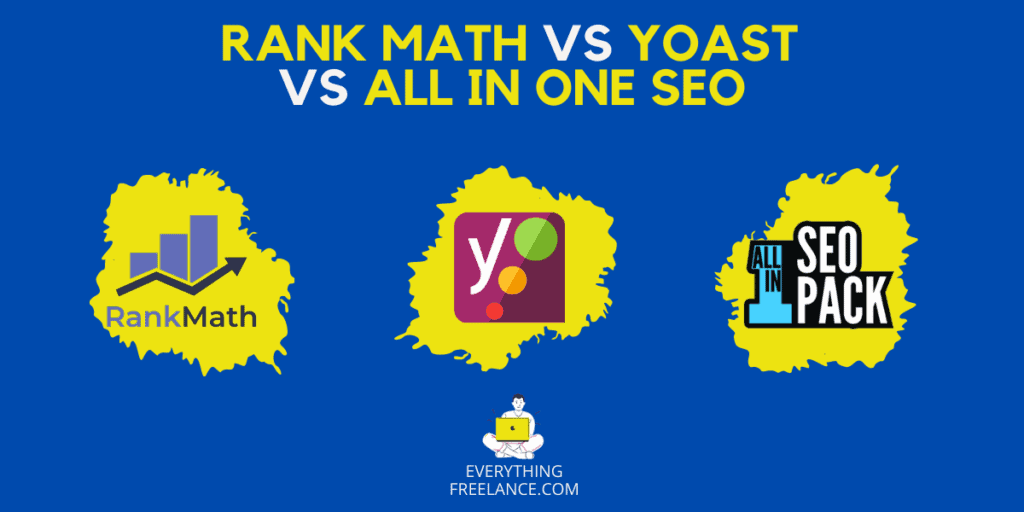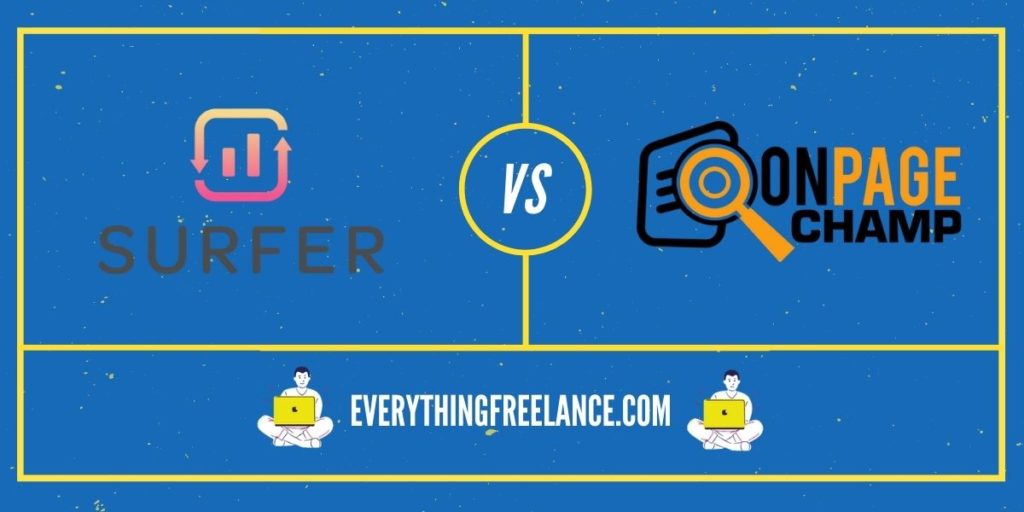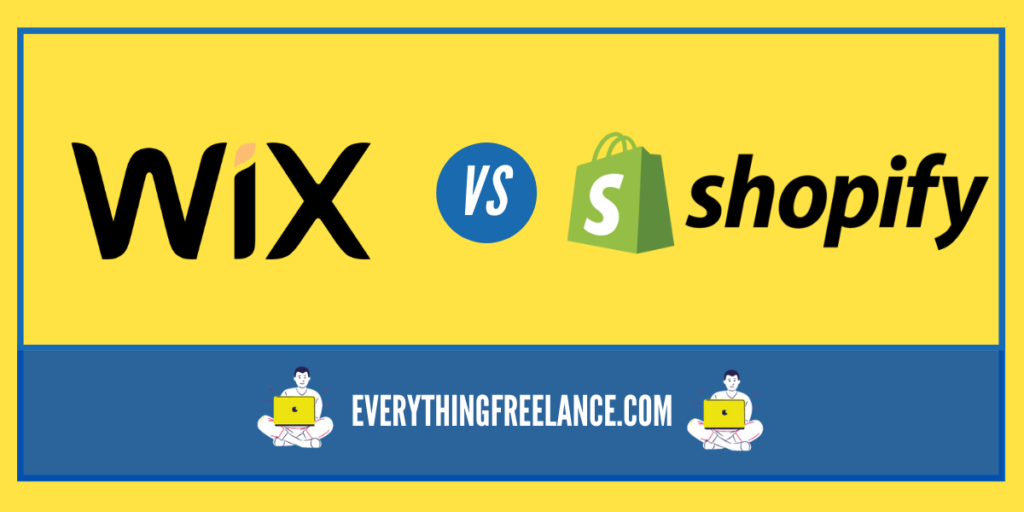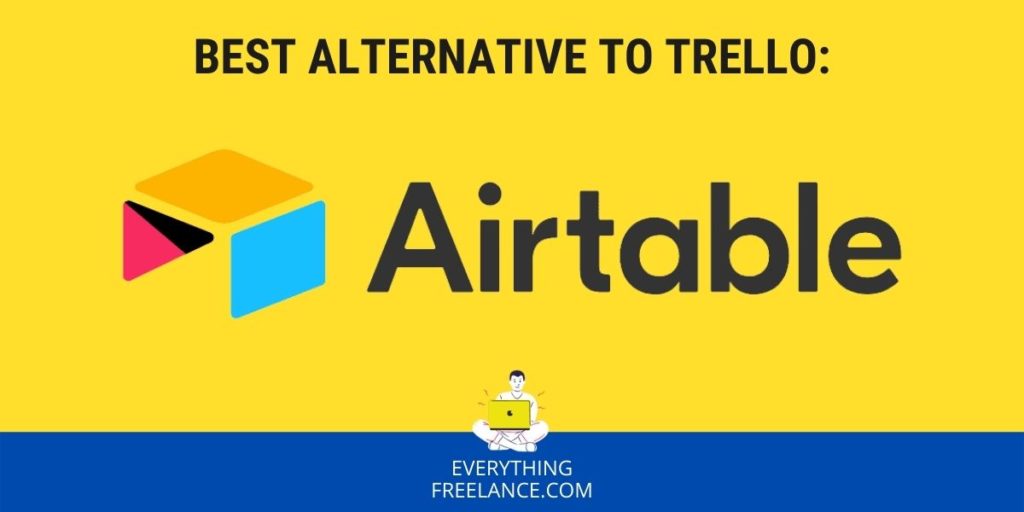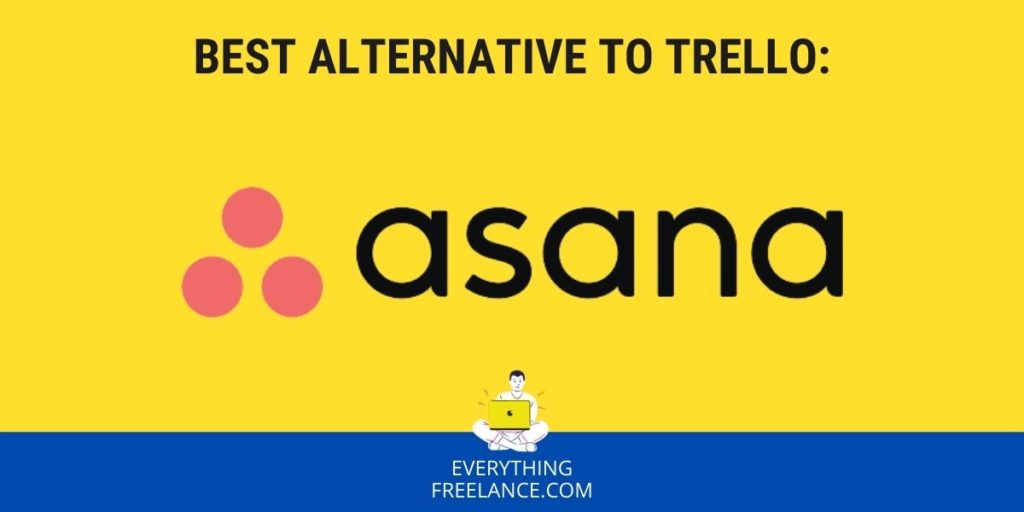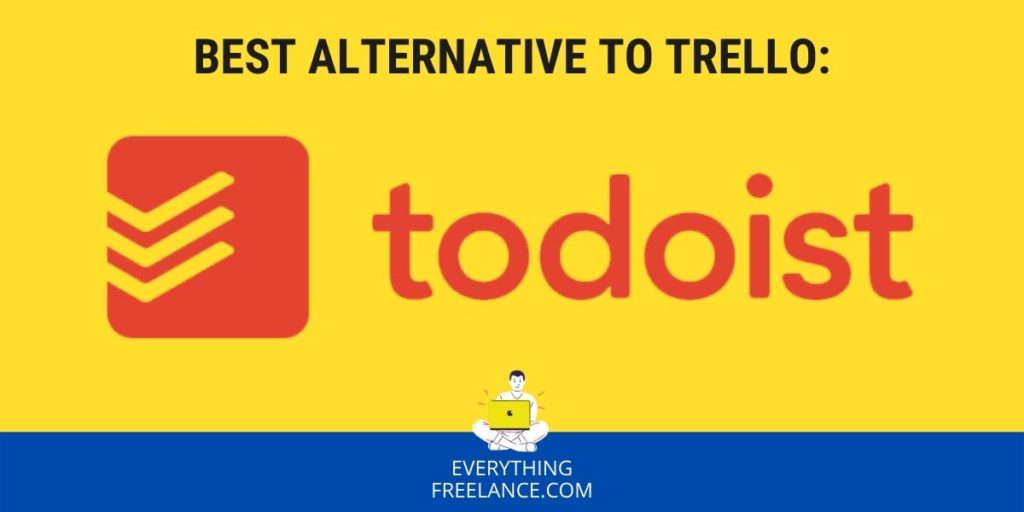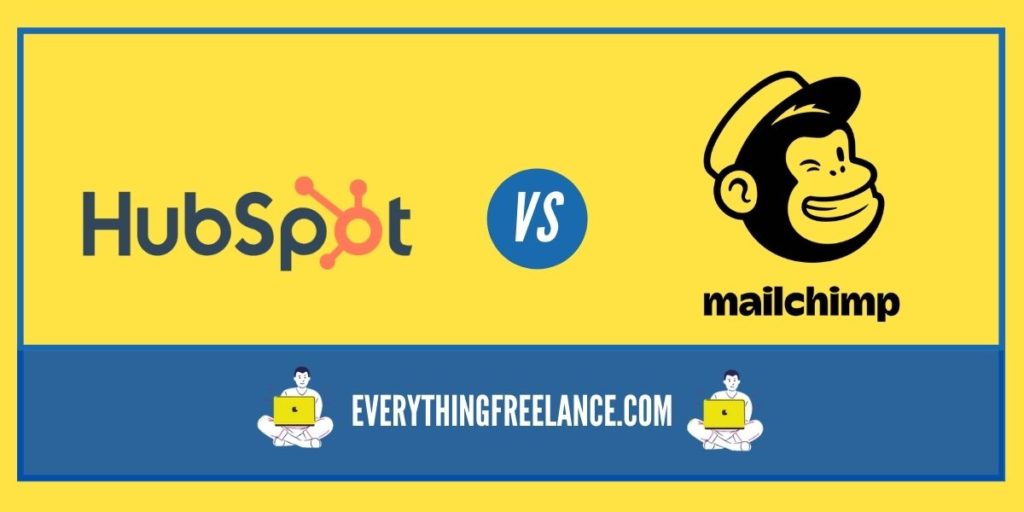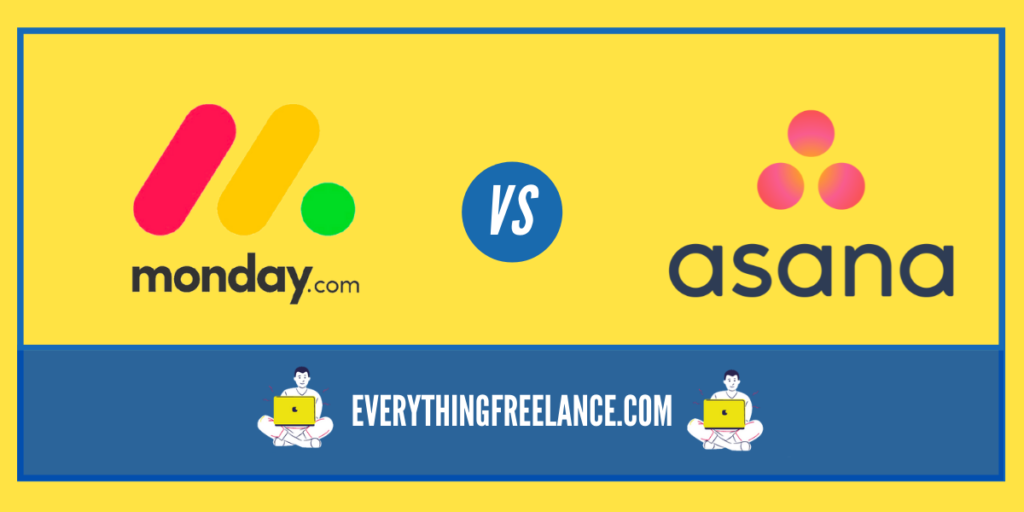
If you want a great project flow that always hits the spot, both Webflow and Hubspot are there to help you. You can now generate numerous leads, conclude customer deals, and turn your ideas into money just by using their services.
With these two platforms, you can efficiently build your projects, attract customers, and design engaging and interactive websites.
But which one is the right for you?
In this article, we’ve made a brief comparison of Webflow vs Hubspot and tried to extract the most important info for you – keep reading to find out more!
Webflow vs Hubspot – How We Compare
The bell rings and the fight starts! In one corner we have Webflow, an incredible CMS platform, and in the other corner Hubspot, heavy-weight champion in CRM services.
But first of all, keep in mind that this platform comparison is based solely on Hubspot and Webflow reviews given by the customers.
We have always taken into consideration verified reviews which are supported by a testing process for better accuracy.
Moreover, we compare the efficiency and attractiveness of each tool. For instance, you’ll see that Hubspot has more efficient CRM, while Webflow has faster and better CMS tools.
But without any further ado, let’s dive in and bring Hubspot and Webflow head to head.
Webflow vs Hubspot Comparison – CMS & CRM features
We do these comparisons regularly, believing it’s the best way to get acquainted with the differences and similarities between different platforms. And, the CMS and CRM will be crucial in this comparison.
The Content Management System (CMS) is a crucial feature for both platforms and clients utilize them for building and managing their websites. Webflow and Hubspot both provide these services which allow users to generate, publish, and improve their content.
According to different customers’ reviews, these two platforms have the best templates and examples for designing and ensuring the functionality of your website. You won’t need to write the code when using Webflow or Hubspot.
Webflow’s Content Management System is much easier to maintain and modify. Furthermore, Webflow’s list of products is huge and encompasses services like building your website, optimizing your growth, and scaling your business.
Webflow’s platform also has an efficient and responsive customer support team alongside a great Community and Forums where you can inform on the latest updates and tips.
Nevertheless, web-designer reviews often suggest that Webflow can introduce expensive building plans ranging from 12$ to 200$ per month. Moreover, it has no live chat or phone support.
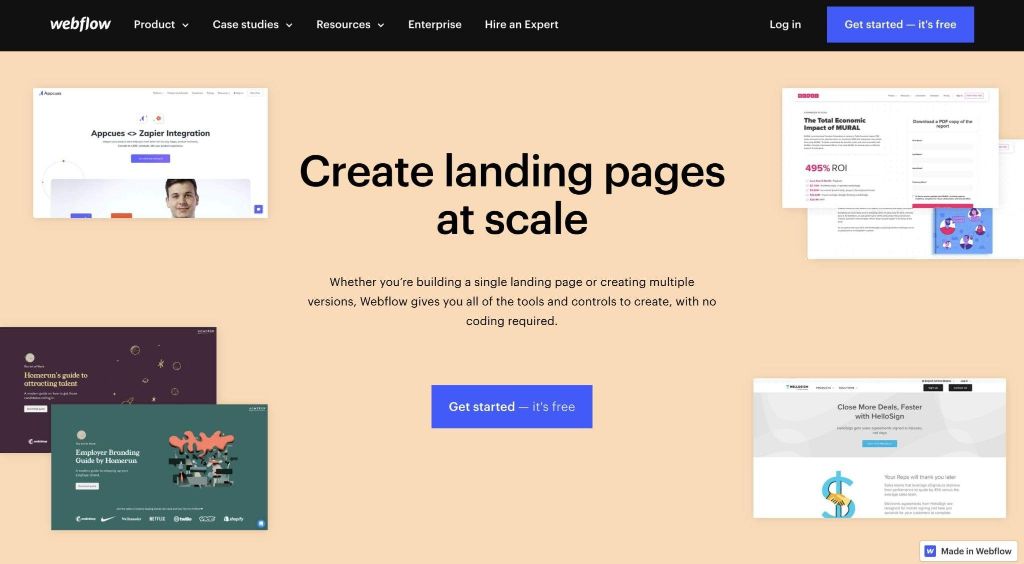
On the other side, we have Customer Relations Management (CRM), which is crucial for managing and storing your customers’ data. This is where Hubspot takes the lead.
The free CRM hub consists of different features like the Marketing, Sales, CMS, Operations, and Service Hub. This platform also has great live chat and customer service and other features which Webflow doesn’t have.
Hubspot has a better text editor, version control, plug-ins, widgets, apps, and asset management. However, there are no automation tools and the developing tools are much more rigid than Webflow’s.
Both platforms have their pros and cons, so the following are some of the main characteristics compared:
Pros | Cons |
|---|---|
Website building process
| Poor technical SEO control
|
Other CMS features
| No code input options
|
Advanced design functionalities
| |
Scalability |
Pros | Cons |
|---|---|
Email marketing
| Can get very expensive
|
Automation of marketing processes
| Not an All-in-one tool
|
Great marketing and sales tools
| Difficult template editing
|
Easier management
|
We declare the first round a ‘tie’! Both platforms have similar features and disadvantages as per customers’ preferences.
Click here to Try Webflow for FREE!

Webflow Hubspot Integration Process and Integration Products You Can Use
In recent years, Webflow Hubspot integration has become very popular among developers and users.
One can do this very easily by using apps similar to Zapier’s Webflow Hubspot integration engine, for example. These are software products that enable you to connect different apps and optimize your workflow. The process doesn’t require any coding and instead, you can use some of the features that the software products offer.
They usually provide Webflow Hubspot integration services which are a combination of different features. There are many examples, the most popular of which is creating Hubspot Contacts by using a Webflow submission form – or sending Webflow submissions to Hubspot forms.
However, there are many other online software products that can enable easy and quick integration. Automate.io Webflow Hubspot integration is one of them and it provides similar services to Zapier’s engine. Furthermore, if you want to educate yourself, you can always check sites like Hevo to learn how you can integrate the two platforms.
Note down that almost any software product works in a similar way as the rest. So, by learning to use a single one, you are learning them all.
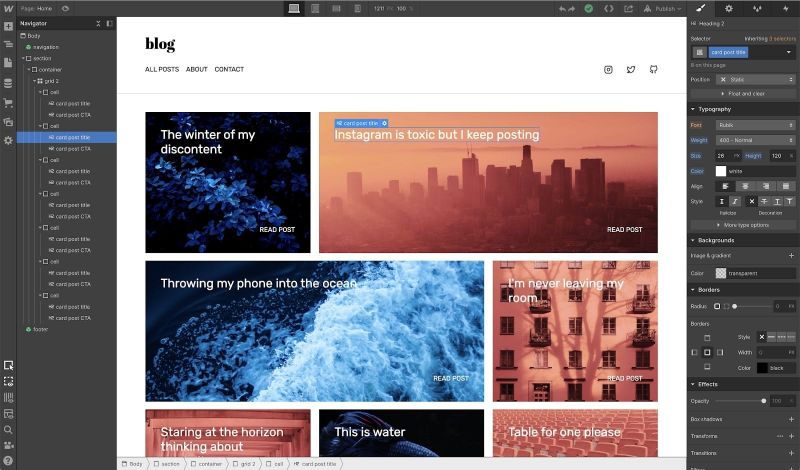
Webflow vs Hubspot – What and How to Integrate?
Integration is usually done by combining some of the CMS and CRM features. Many of the software products that enable this integration often combine Webflow’s CMS and Hubspot’s CRM.
Webflow’s CMS has many more options and is highly flexible, while Hubspot’s CRM is highly centralized and super-easy to use.
Both platforms allow you to extract maximum value and build, design, and maintain an adequate working project. By doing this, you map your Webflow forms and templates and integrate them with the Hubflow platform.
Following are some of the main steps to follow to achieve the Webflow Hubspot integration into a fully automated development and marketing platform:
- Find the Teams dashboard at Webflow
- Select a specific Team to connect to Hubspot
- Proceed to the Webflow Hubspot integration
- Find the Integration tab and on the drop-down list find the Marketing integrations
- Navigate to and click on the Add marketing integration
- Select Hubspot from the drop-down list
- Add the Marketing Integration and you’ll automatically get an option to integrate the two applications
- Find the Connecting Webflow Prod to HubSpot option and select Choose account
- Choose Connect app and your Hubspot account will have access to your Webflow tolls and forms
- After finishing these steps, you’ll be brought back to the original Integration tabs in your Webflow account
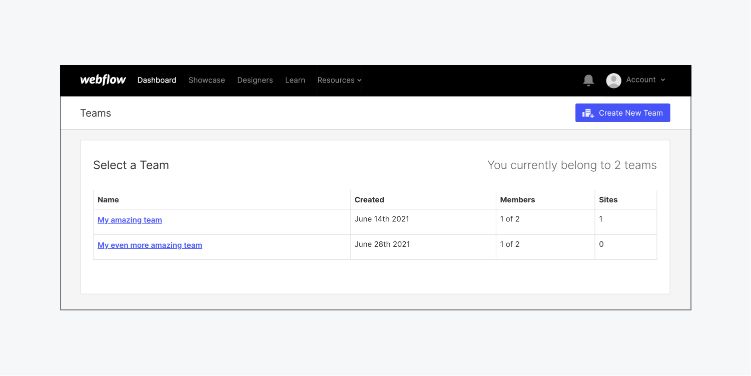
Click here to Try Webflow for FREE!
Webflow Hubspot Integration – Most Common Integrations and Mapping:
Comparing Webflow vs Hubspot is the best way to recognize and implement all site integrations.
However, first of all, you must ‘map’ different forms to your Hubspot. Mapping is a very simple process of deciding which Webflow form, after the submission, will be automatically pulled to your Hubspot field values.
Here are the simplest steps to map forms at Hubspot:
- Create, publish, and test your submission
- Map your specific Webflow form
- Test it
- Edit your form integration settings
Following are the most popular mapping methods in the Webflow vs Hubspot integration:
Sending Webflow Submissions to Hubspot Forms and Templates
The great Content Management System that Webflow has enables users to easily design web pages and insert their content. Now, all available forms, like the Registration, Creative, IT, or Contact form, can be automatically transferred to the Hubspot form submission.
This is done without using any conde and can be processed through certain software products available online.
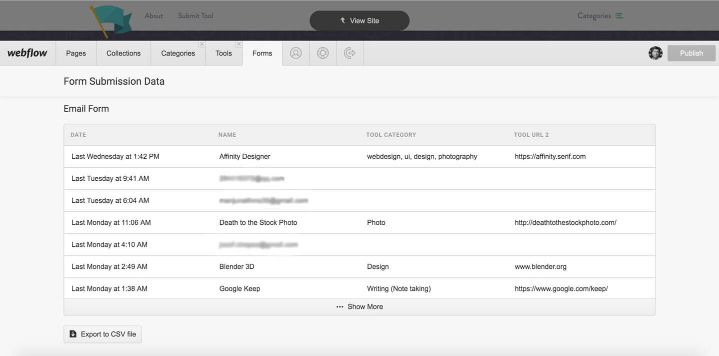
Creating Hubspot Contacts By Using New Webflow Form Submission
Let’s say that you’ve been collecting email data, and now it’s time to create your mailing list. This is another way to integrate the two platforms and automate your workflow.
For instance, anyone who will be filling a form on your Webflow site will be automatically added as a subscriber on your Hubspot account. This is a very popular approach because it makes it easier to generate and maintain your leads.
Each software integration product has already prepared templates for you, either free of charge or at an affordable fee.
Creating Hubspot Contacts for Generating New Form Submissions in Webflow
This is another great point for Webflow Hubspot integration. It enables the creation of contacts in Hubspot with each new form submission in Webflow. This feature can enable you to easily store customers’ details and track them in your marketing tool.
Creating Hubspot Deals Through Submission of New Webflow Forms
Webflow vs Hubspot can lead to great marketing solutions like creating deals by form submission. This integration will reduce your time and costs for manual transferring of details and will reduce the risk of incorrect info.
Other popular Webflow vs Hubspot integrations
Some of the integrations which bring value for the customers are:
- Adding a deal in Hubspot’s CRM by using the New Order trigger in Webflow
- Updating and adding new activities in Hubspot’s CRM on a New Order in Webflow
- Adding a company or updating the existing one in the Hubspot CRM through the New Order trigger in Webflow
- Adding contact notes and modifications through the New Order trigger in Webflow
There are many different integrations that are available with different software products.
Webflow vs Hubspot – Speed and Efficiency
Now it’s time to get back into the arena! When you build a page and manage its marketing activities, the question ‘which is the fastest and cheapest way’ will naturally answer itself.
Webflow and Hubspot use the same Amazon AWS server which is built around lightning-fast CDN (Content Delivery Network). This means that each platform loading-time of the page decreases because each user accesses the website through the nearest server.
Amazon AWS reduces the time and risk of delivering the webpages from on-set locations, which can be oceans or continents away from the user.

However, the Webflow vs Hubspot speed and processing time is not the same. Webflow has been using the CDB for years and it’s already proved fast and reliable.
On the other hand, Hubspot introduced the CDN just recently and has been adjusting its delivery. Nevertheless, you can feel the improvements right after opening the landing page.
We can’t tell the outright winner in this race, but Webflow has always invested in hosting and performance capabilities. So, with a little bit of exclusivity, let’s say that Webflow is the faster platform of the two.
With some minor bruises, Hubspot gets back in its corner! The bell rings, and the security issues are our third round!
Webflow vs Hubspot – Security Issues
In recent years, both platforms have invested in their security and acquired SSL certificates.
Such certificates are applied to all published websites and are then updated with every new feature or tool introduced.

We conclude the 3rd round a draw. Let’s proceed to the 4th one – the initial and maintenance costs!
Webflow vs Hubspot – The Initial and Maintenance Costs
A few seconds into the 4th round and Hubspot is already knocked down! If there’s no website agency or you’re working as a freelance website developer, the Hubspot initial costs may range from $5,000 to $100,000.
Hubspot’s maintenance cost can also soar as high as $900.
Webflow, on the other side, will require no more than $500 for build and maintenance per year.
Get back to your corner, Hubspot, winning is of the essence!
Webflow vs Hubspot – The Last Round!
Suffice to say, both platforms have their advantages and drawbacks.
Here are some situations when to use the Webflow’s services:
- When you want to reduce your costs in the long run
- When you’re in need of multiple templates and styles
- When your focus is on content marketing and you have gathered a dedicated team of Editors
- When you’re in need of highly-customized development tools
And here are some of the situations when to should use Hubspot’s services:
- When you want to integrate social media, blogs, or e-mails through your CRM
- When you’re working with different users with different permission levels
- When you are able to pay $990 per year for maintenance

Once again, Webflow landed the decisive blow and knocked Hubspot down! Yes, it’s much easier, cheaper, and faster to use Webflow’s services for building and managing your project.
However, never forget the marvels you can achieve through the Webflow Hubspot integration process.
If you want to know more about how this tool and platform work, you can always check our site. ‘Till the next match!


